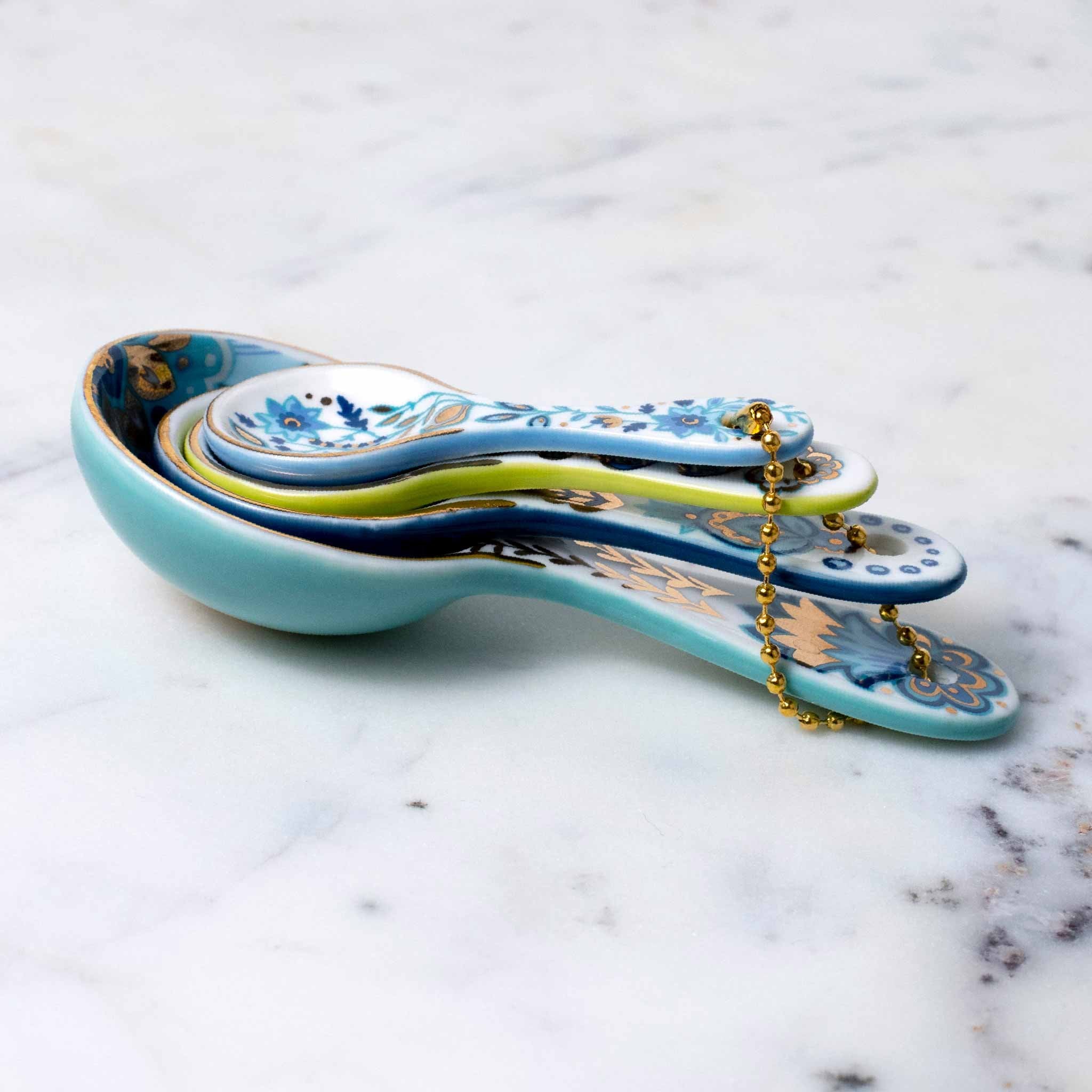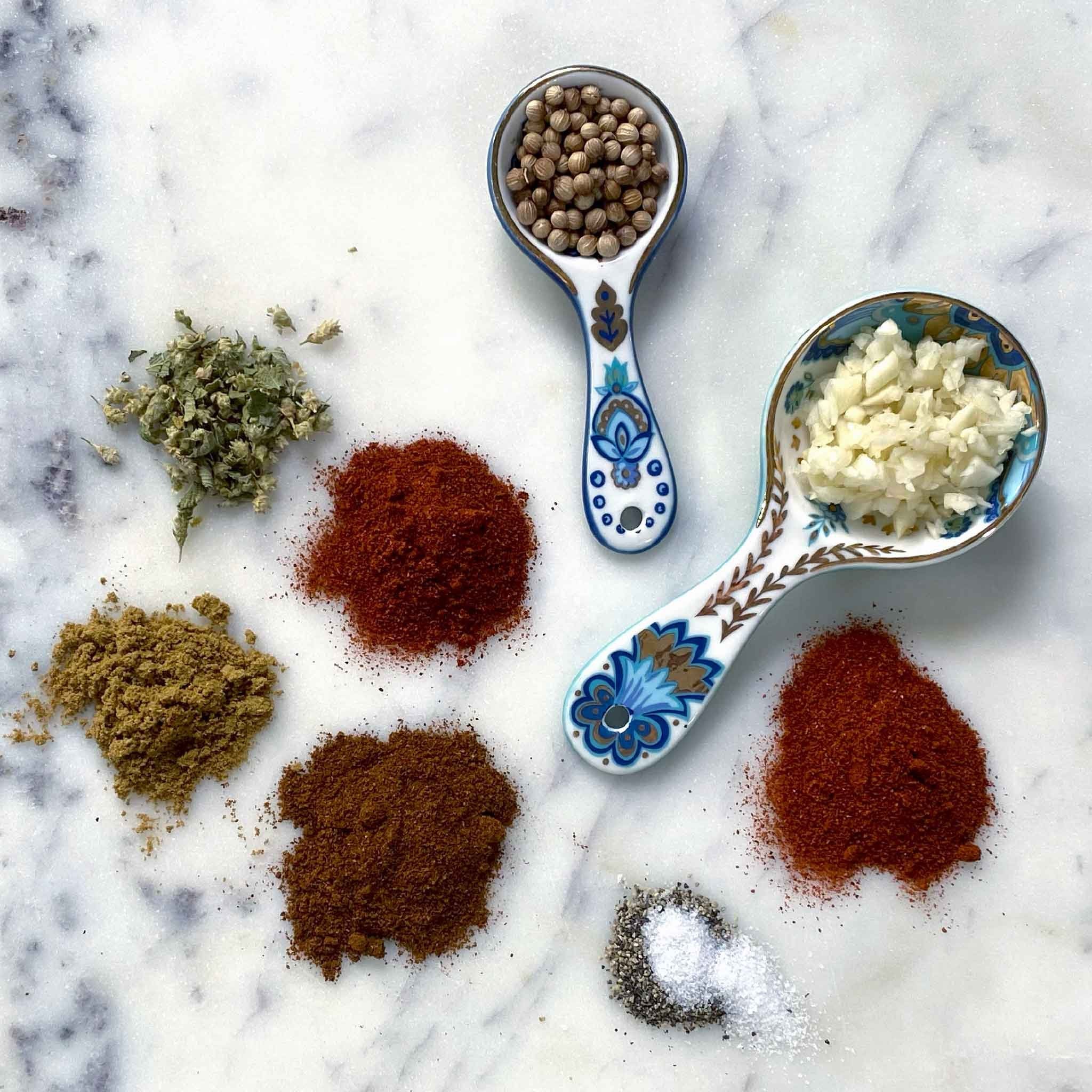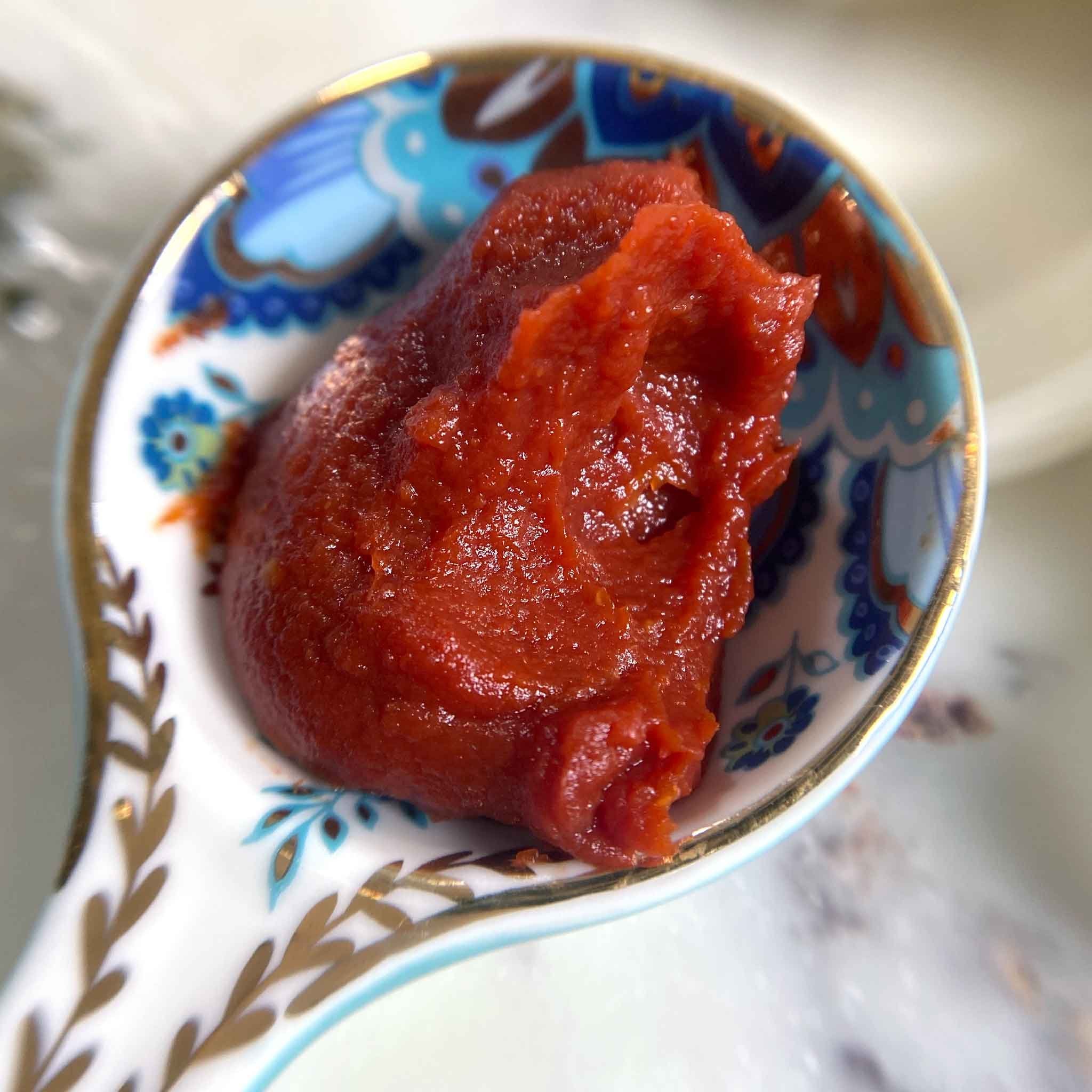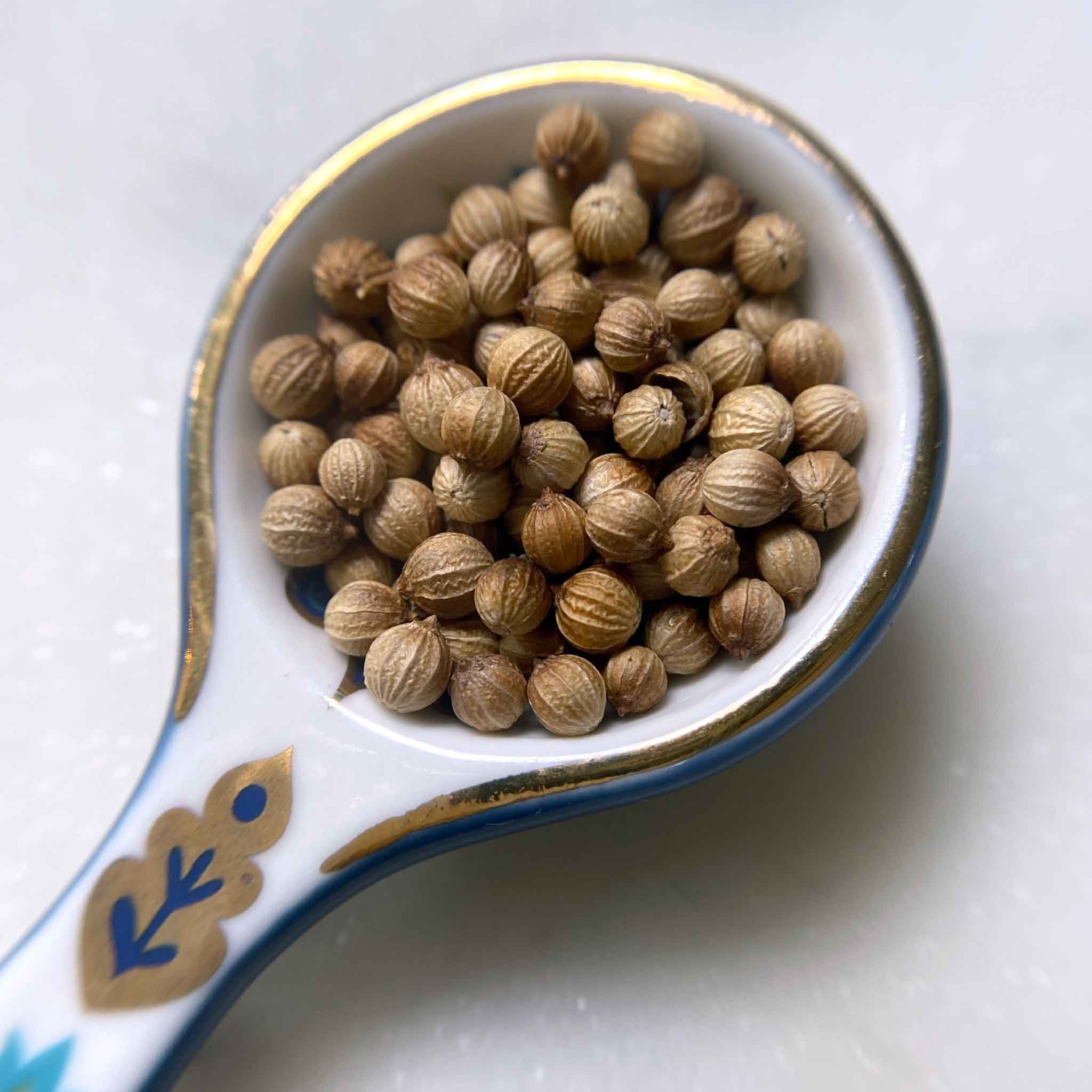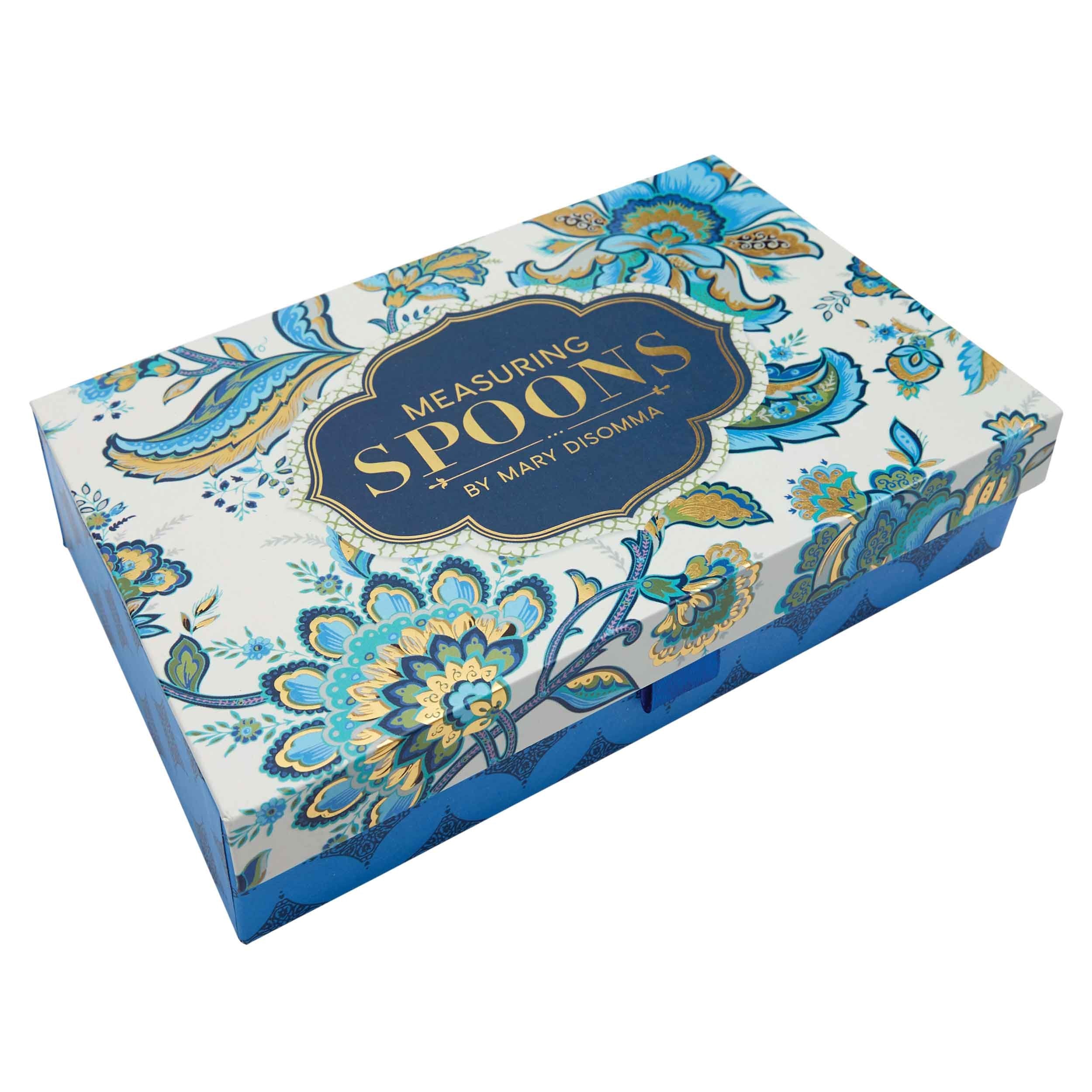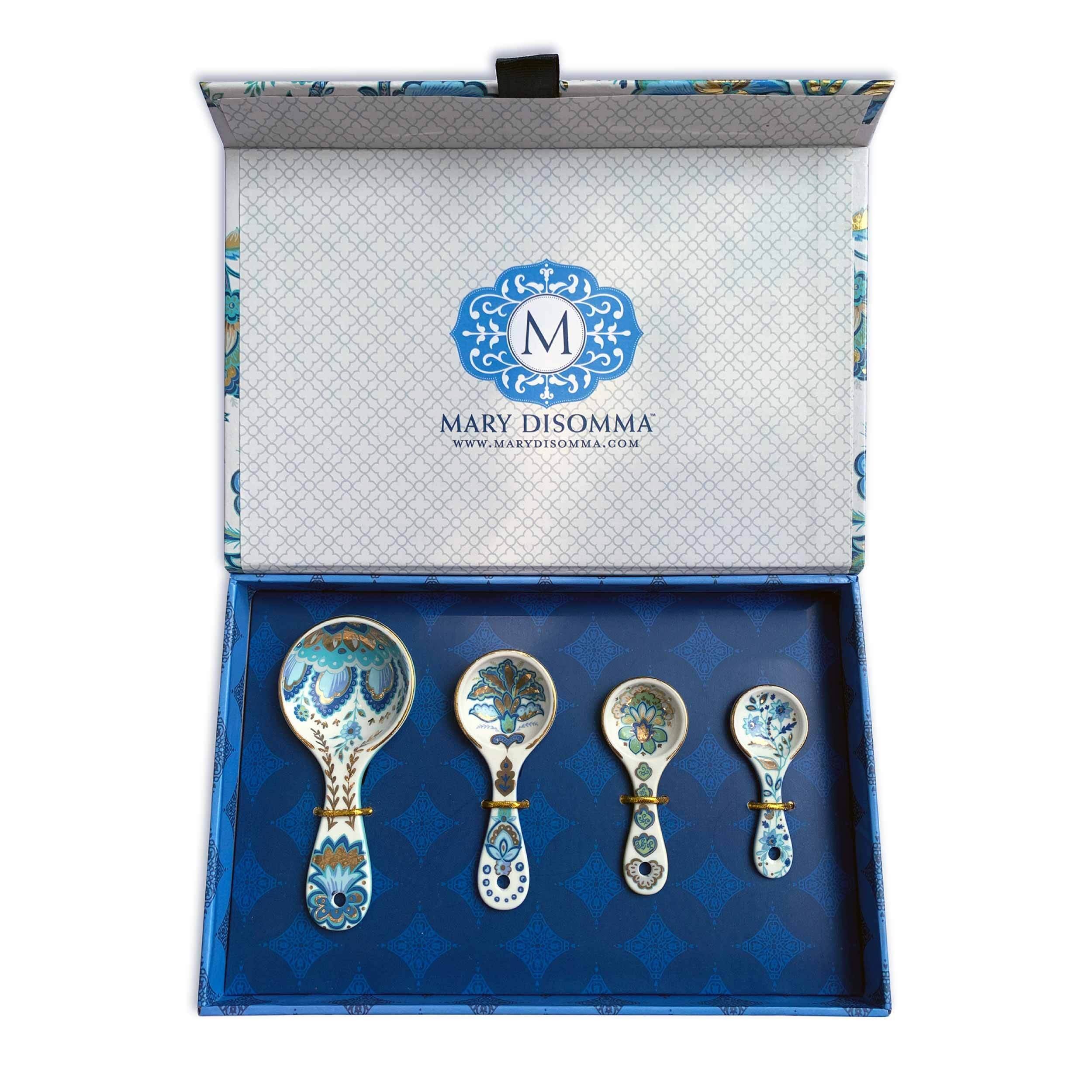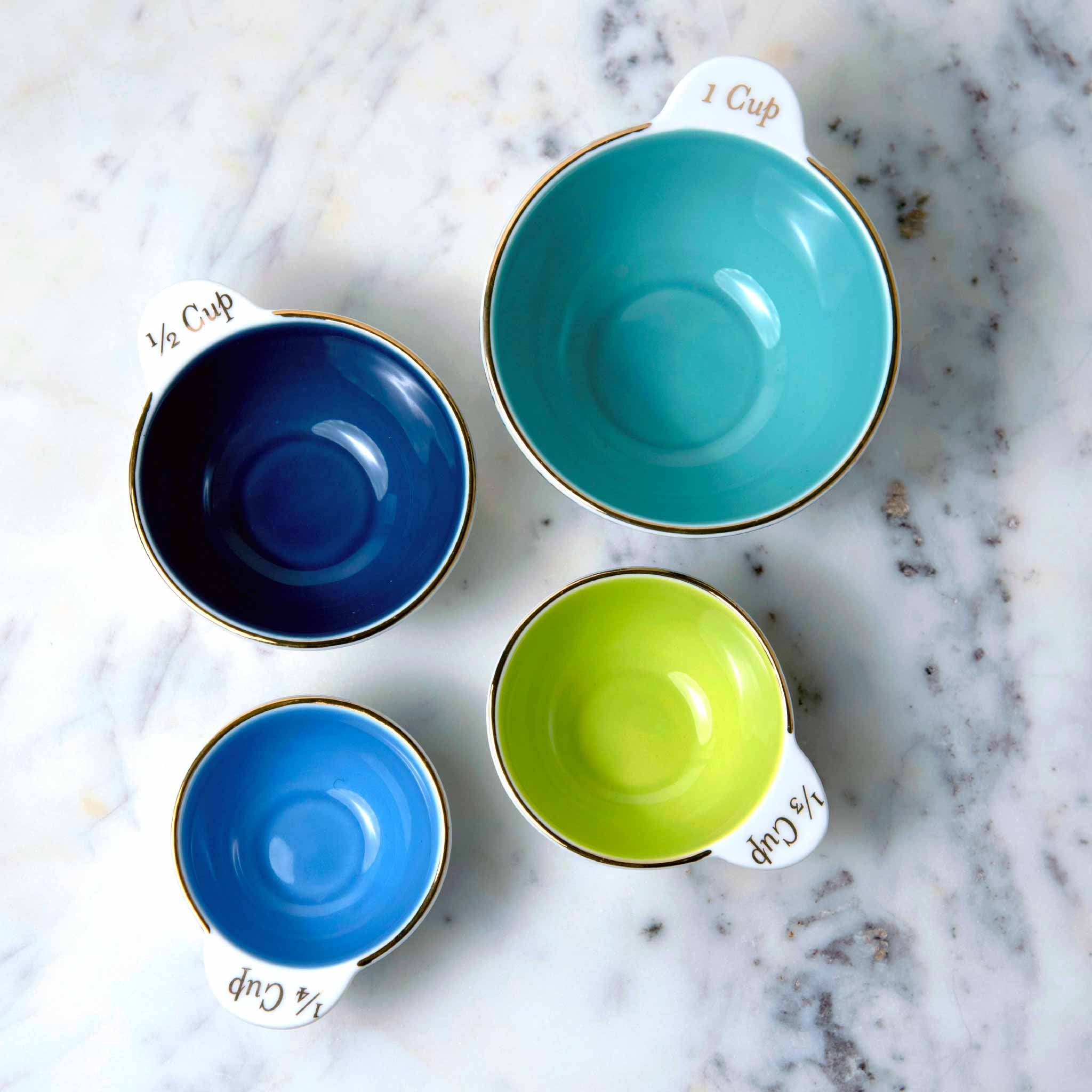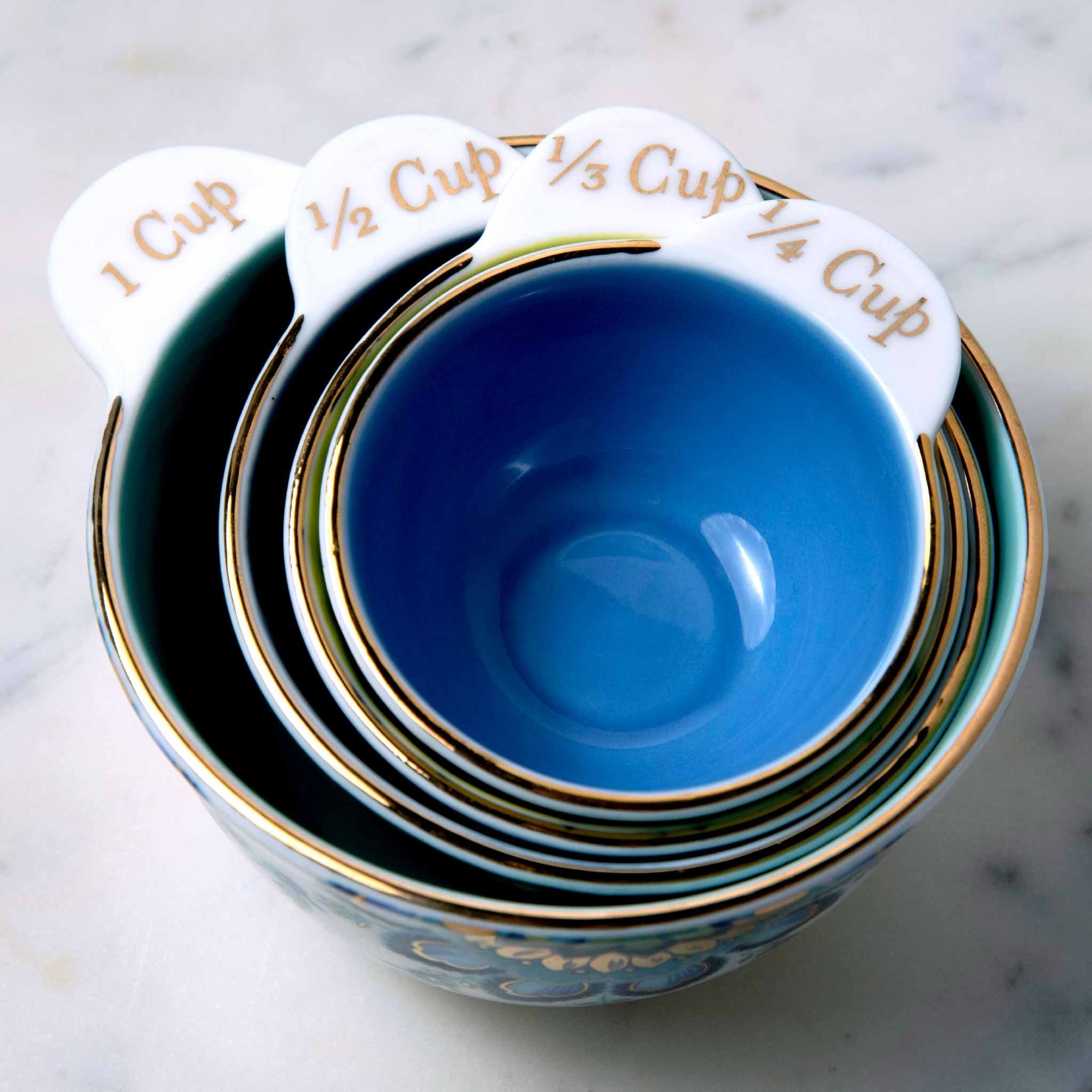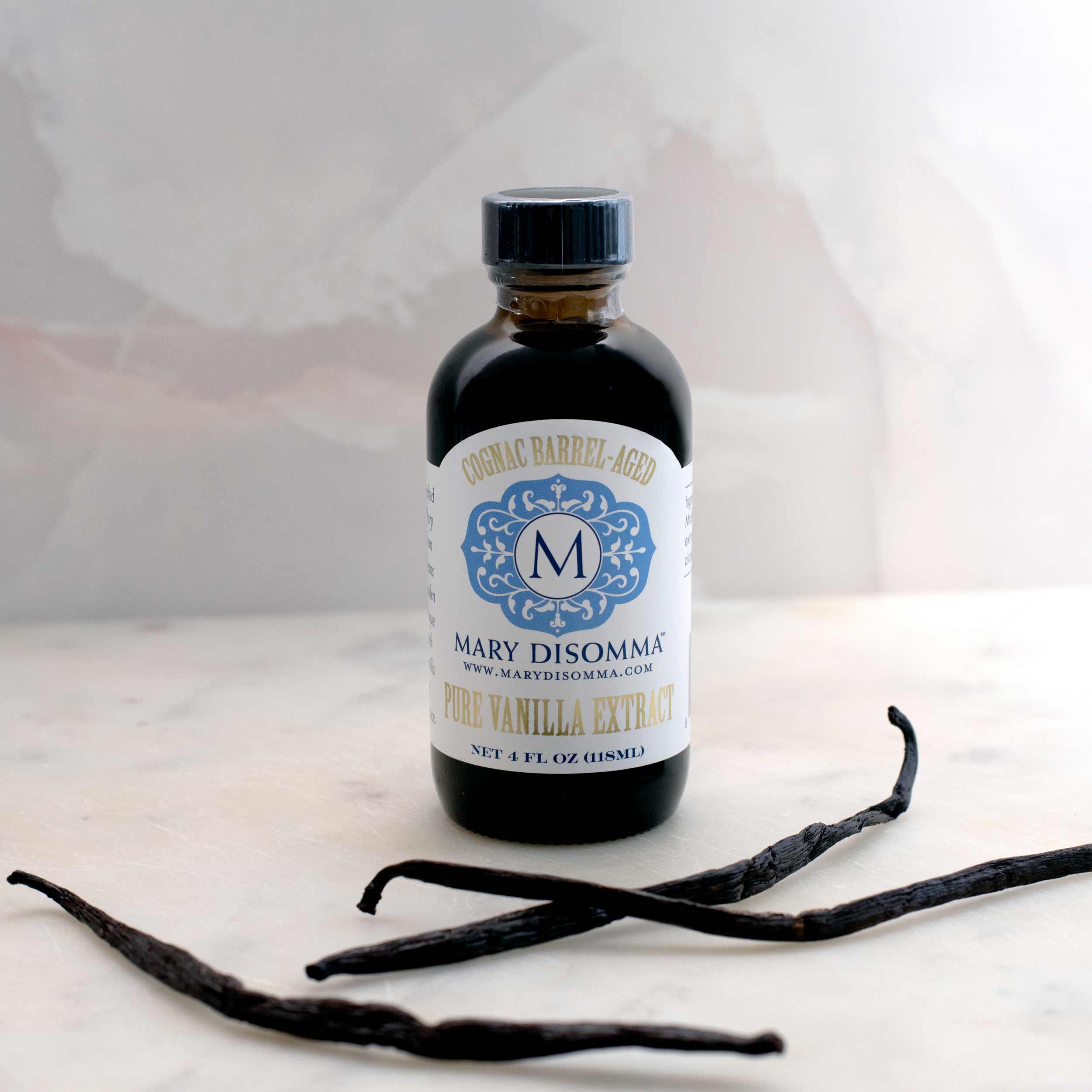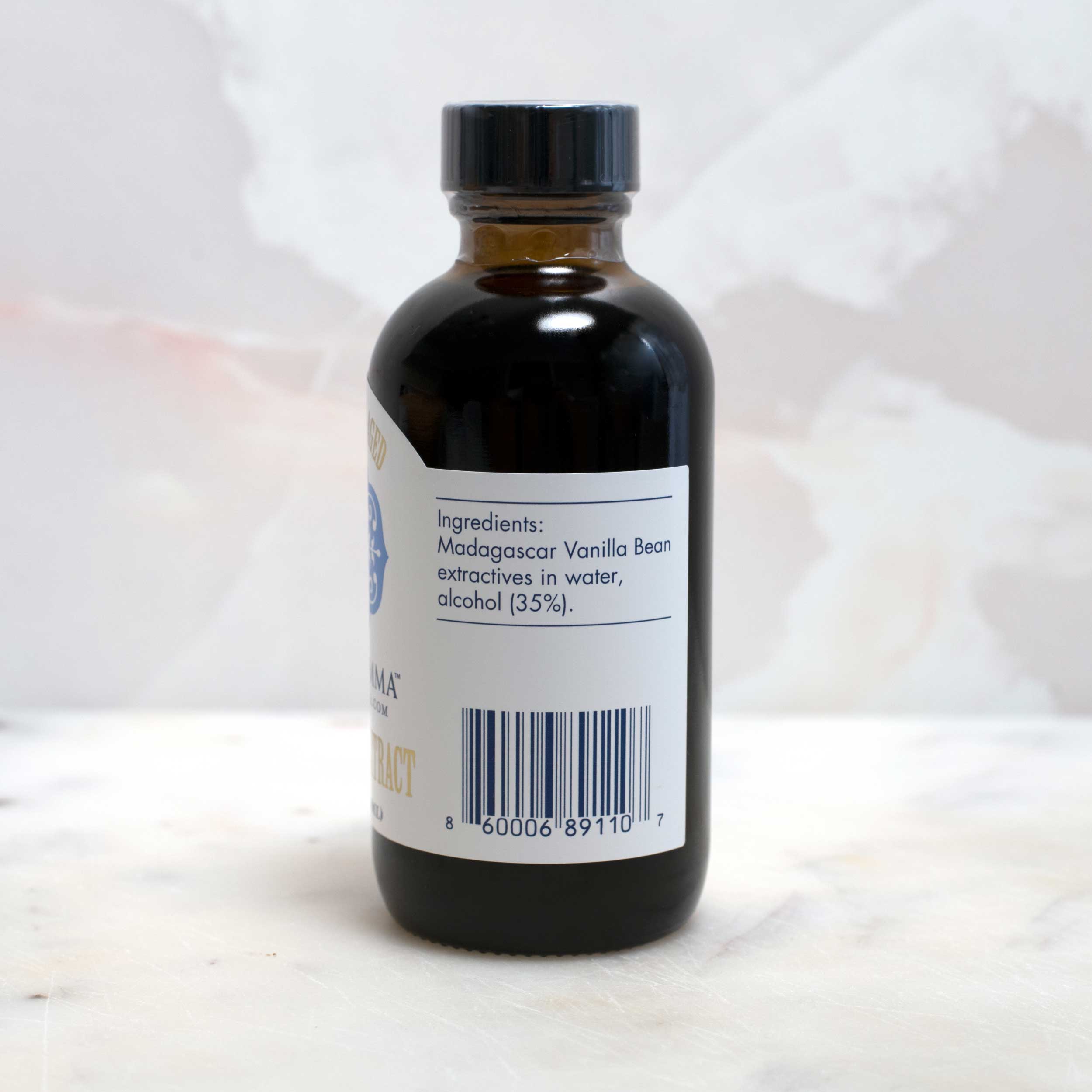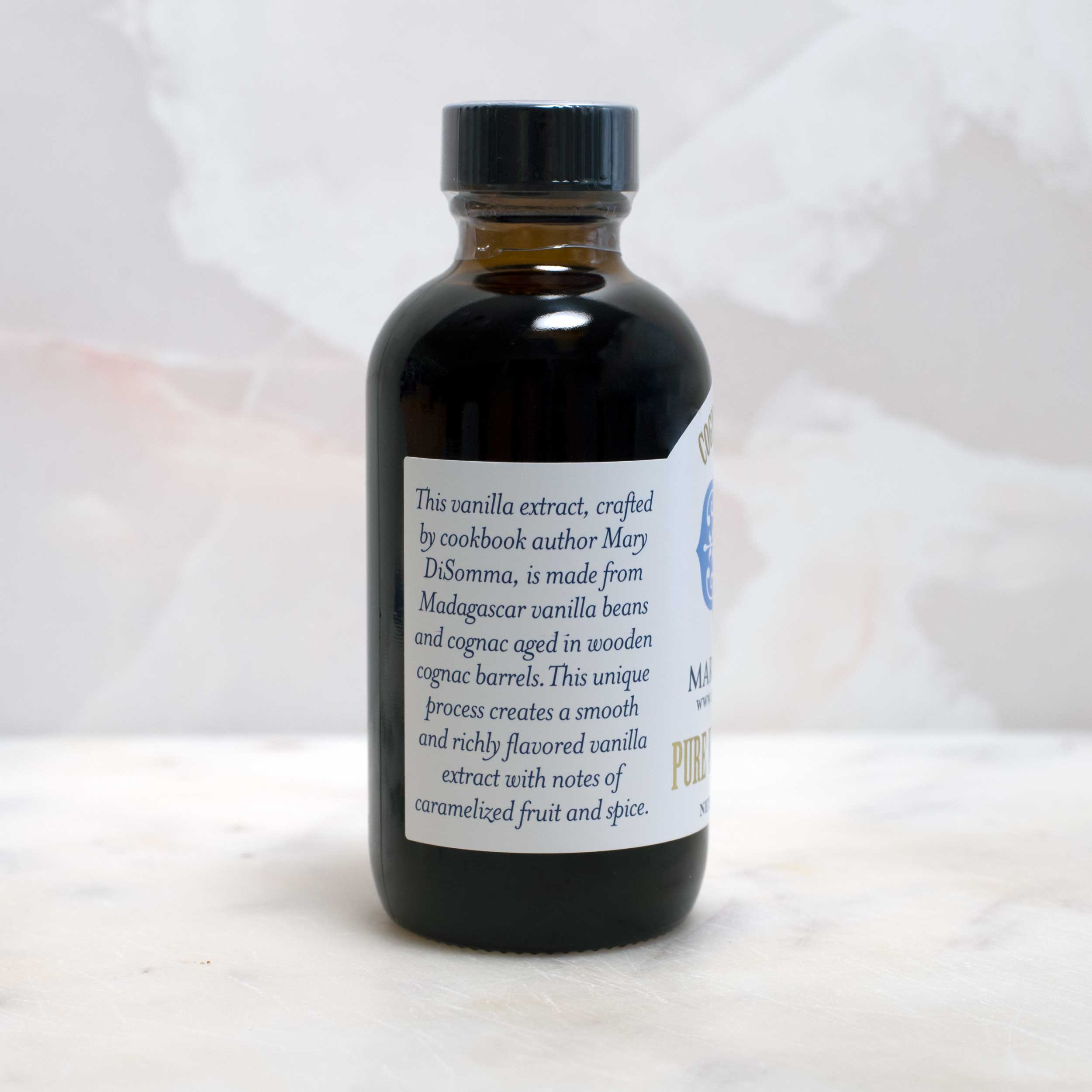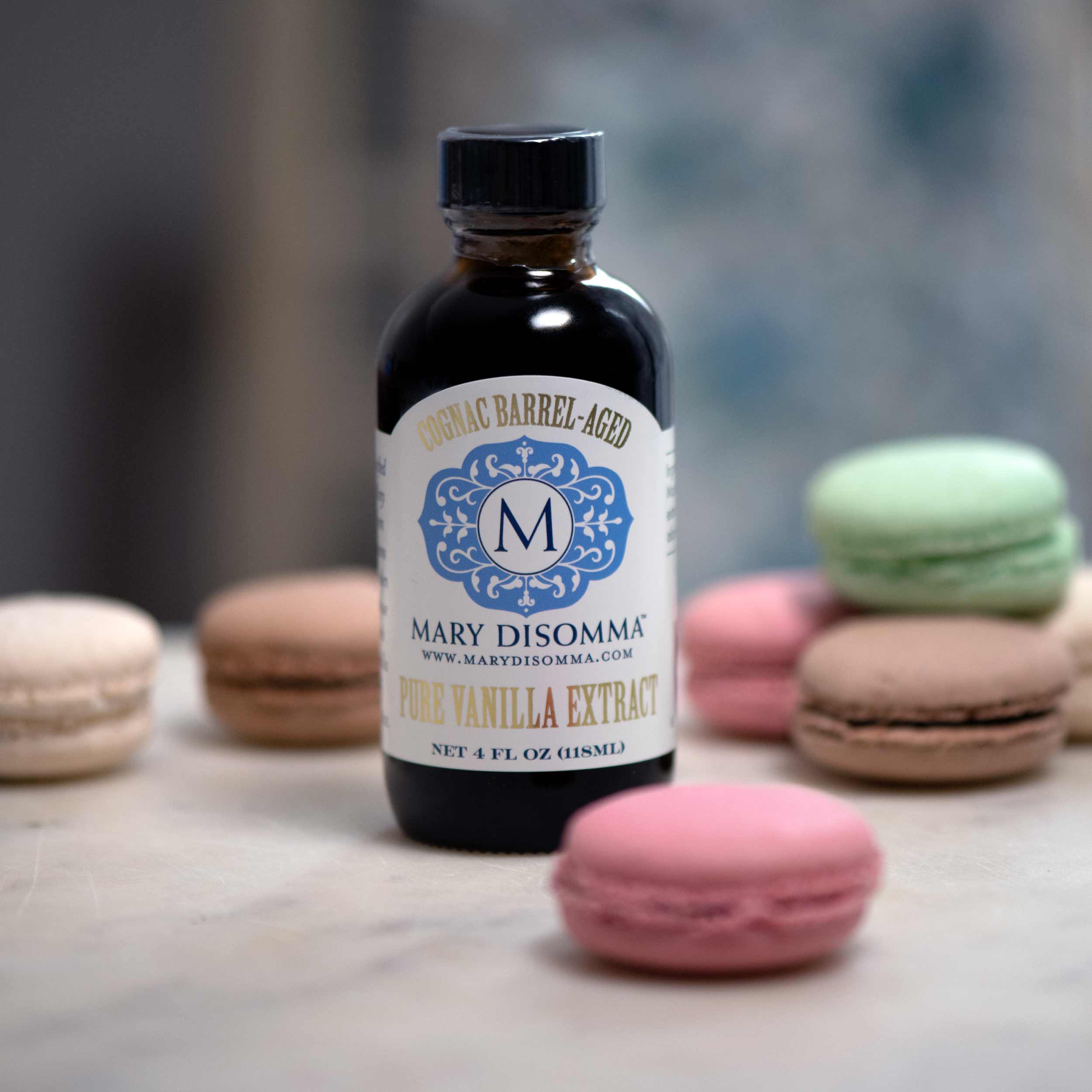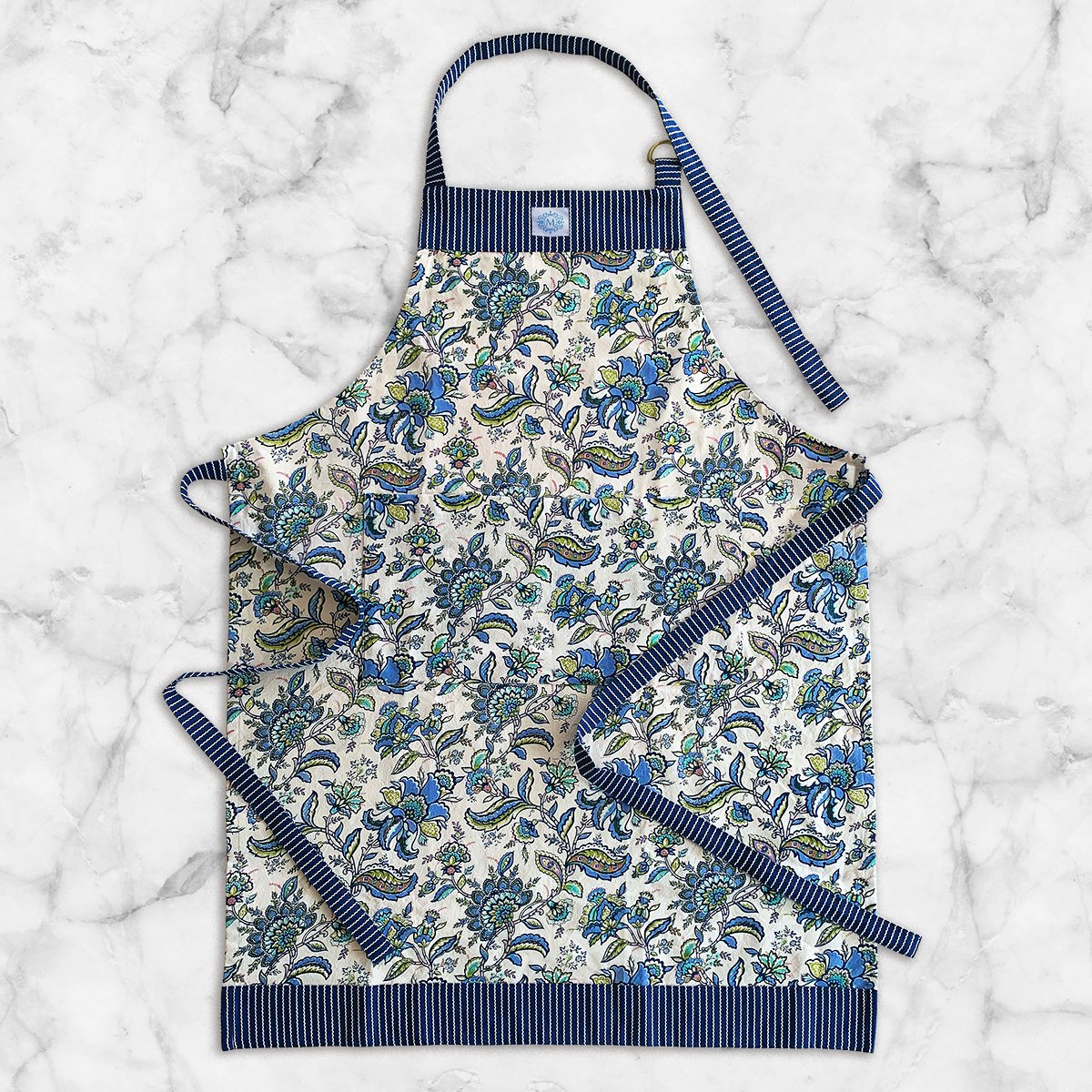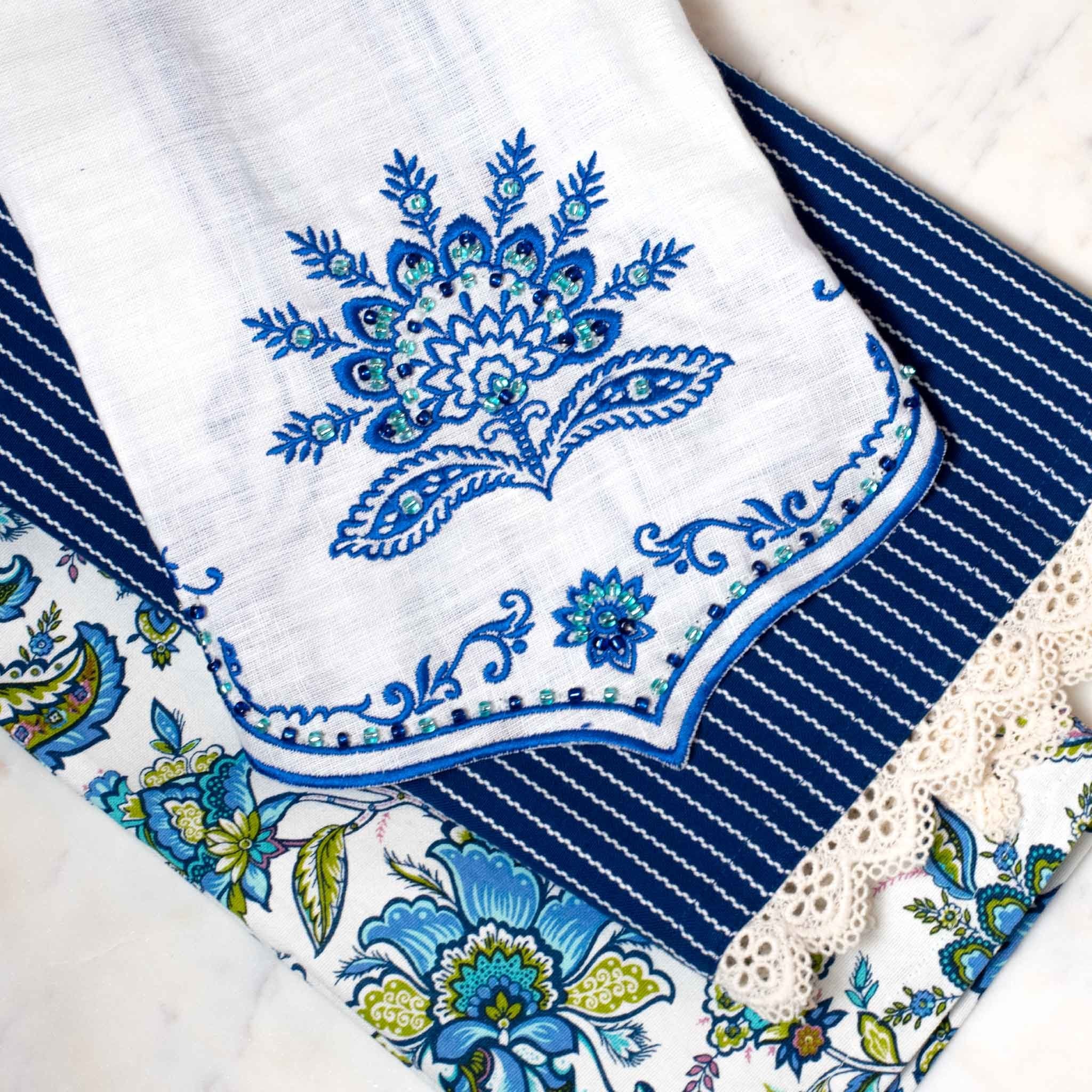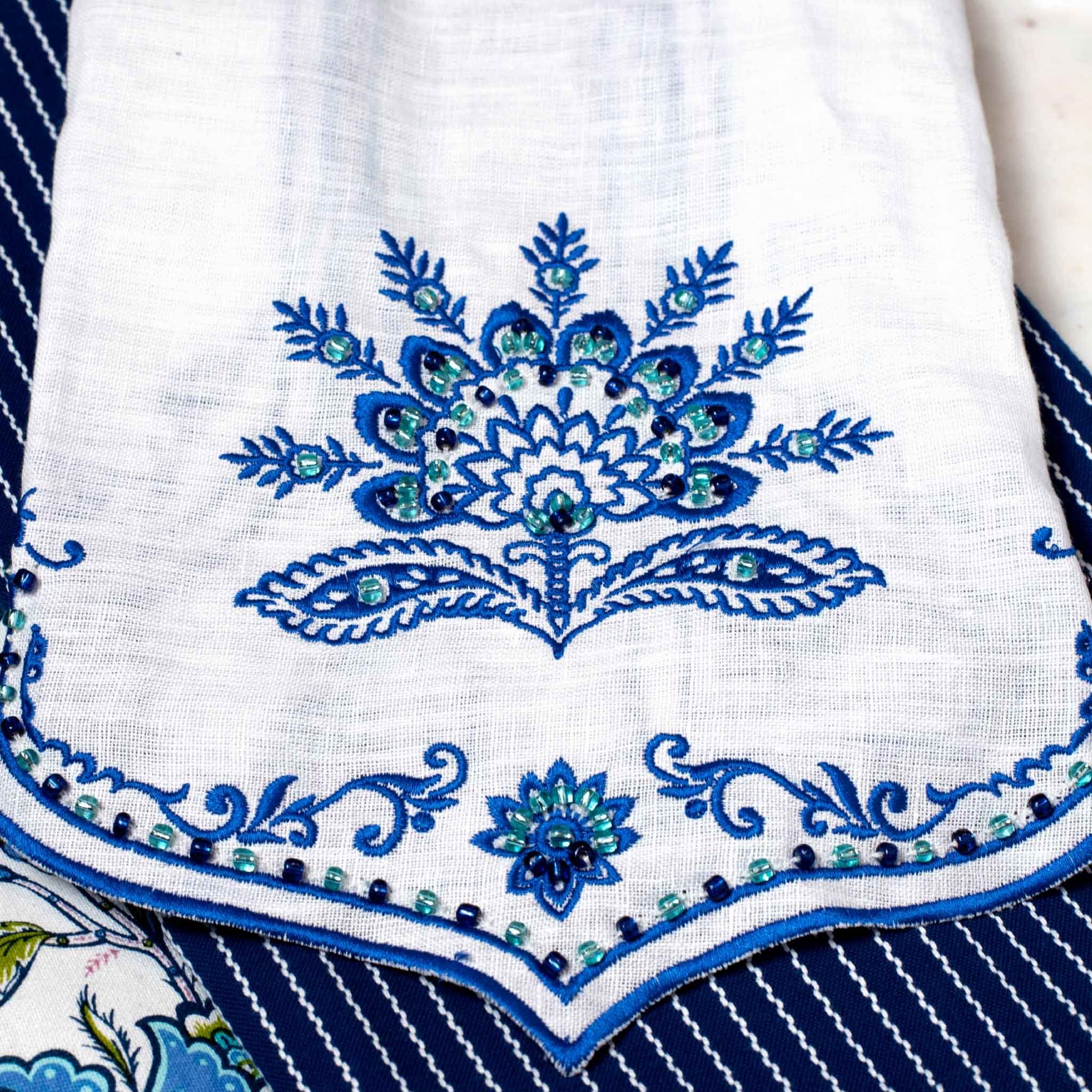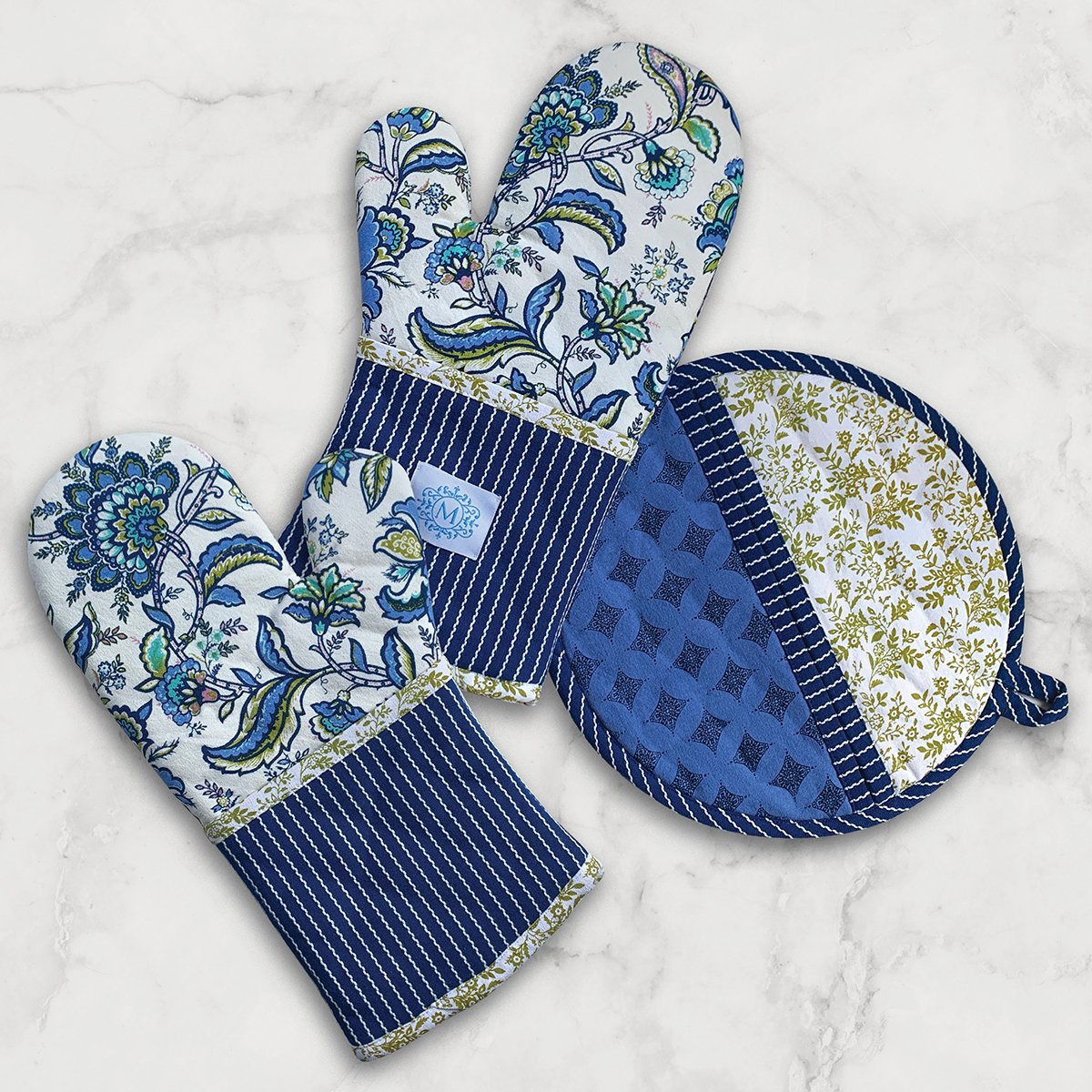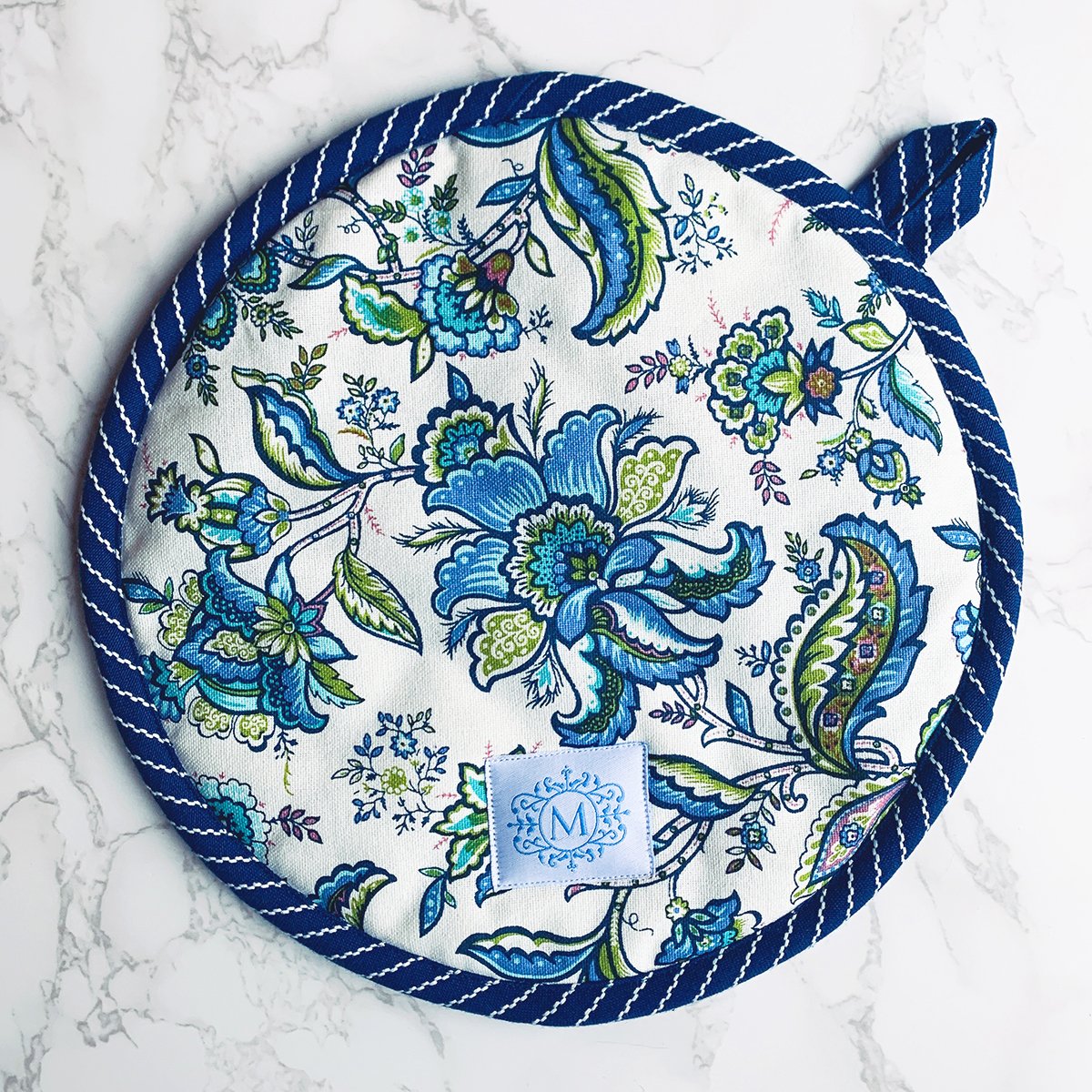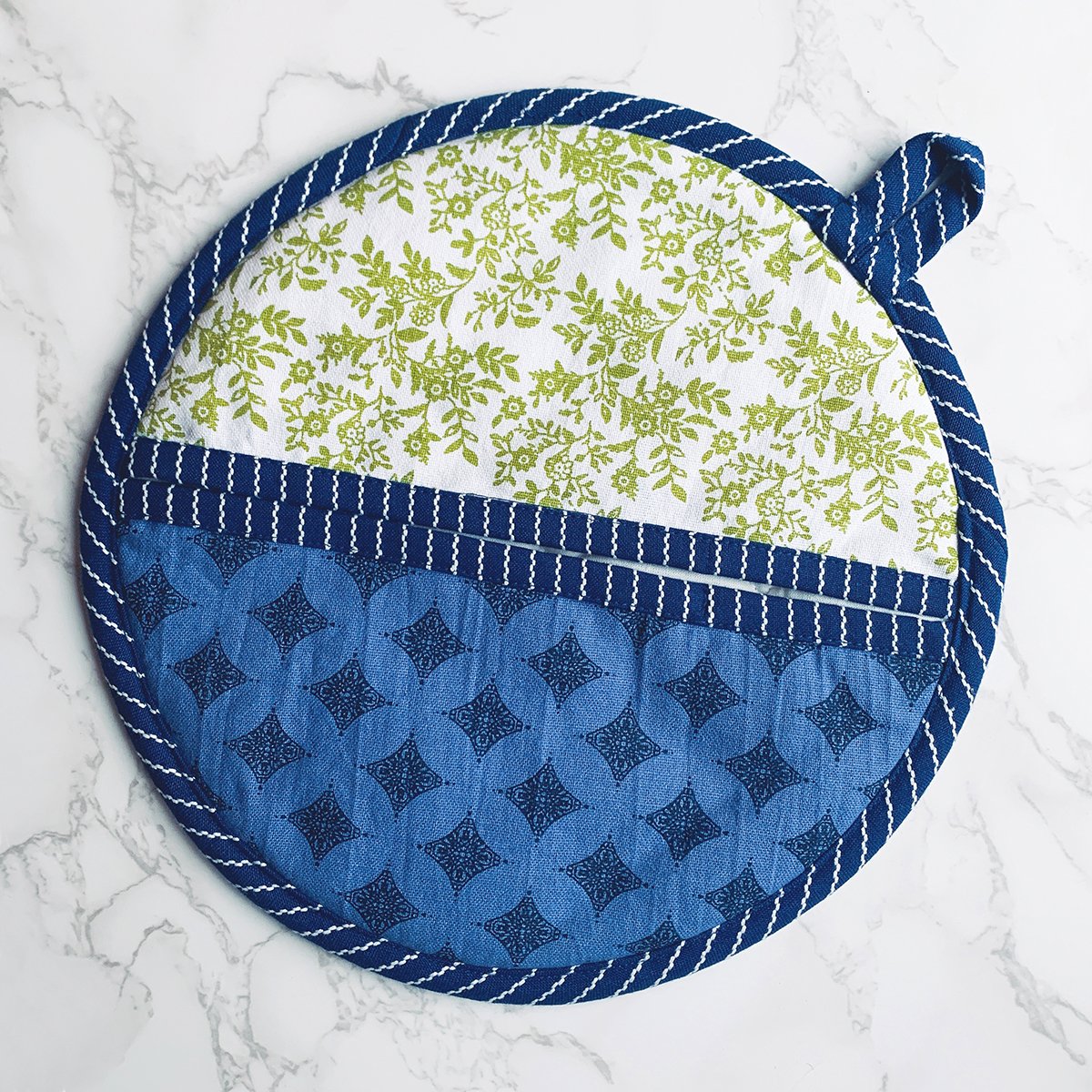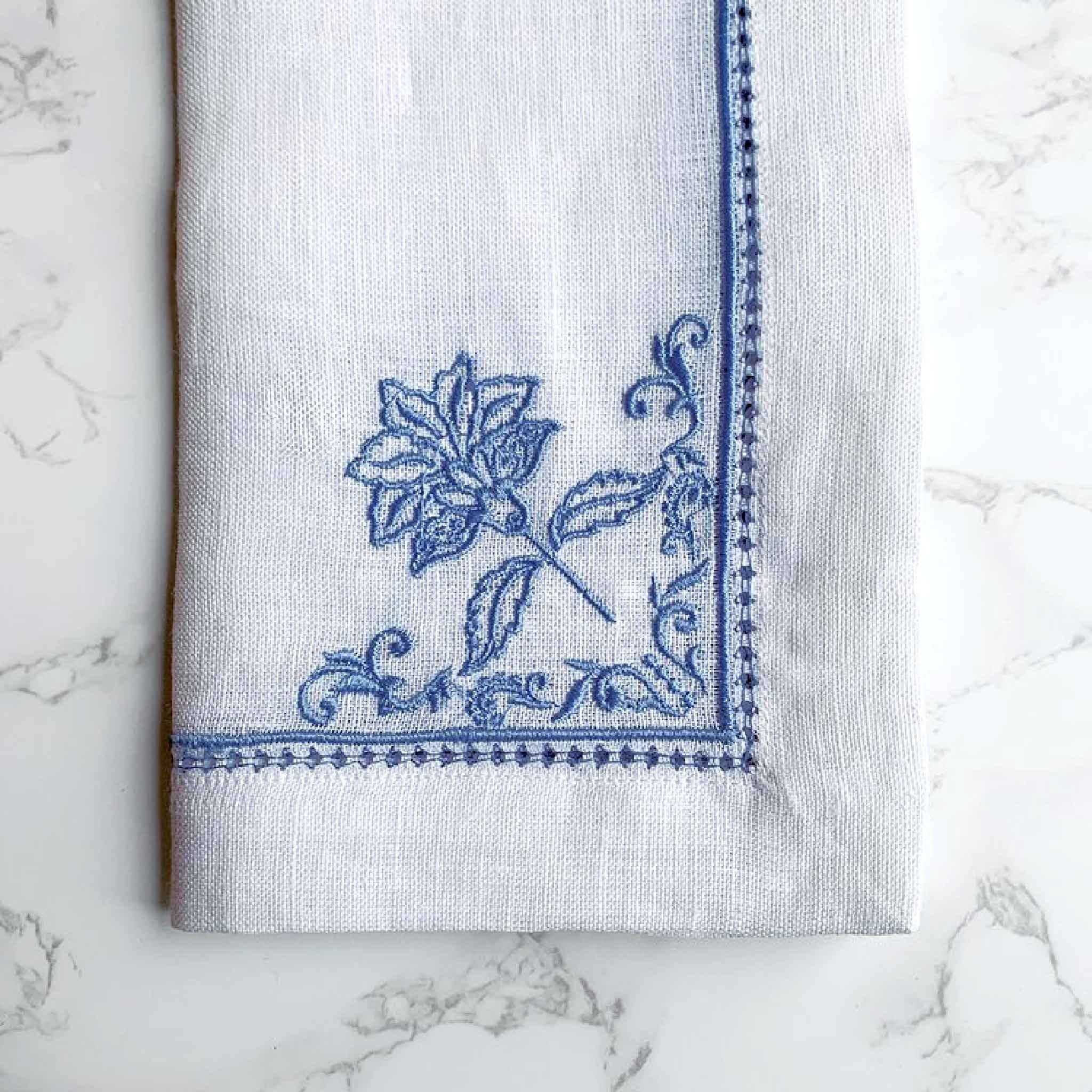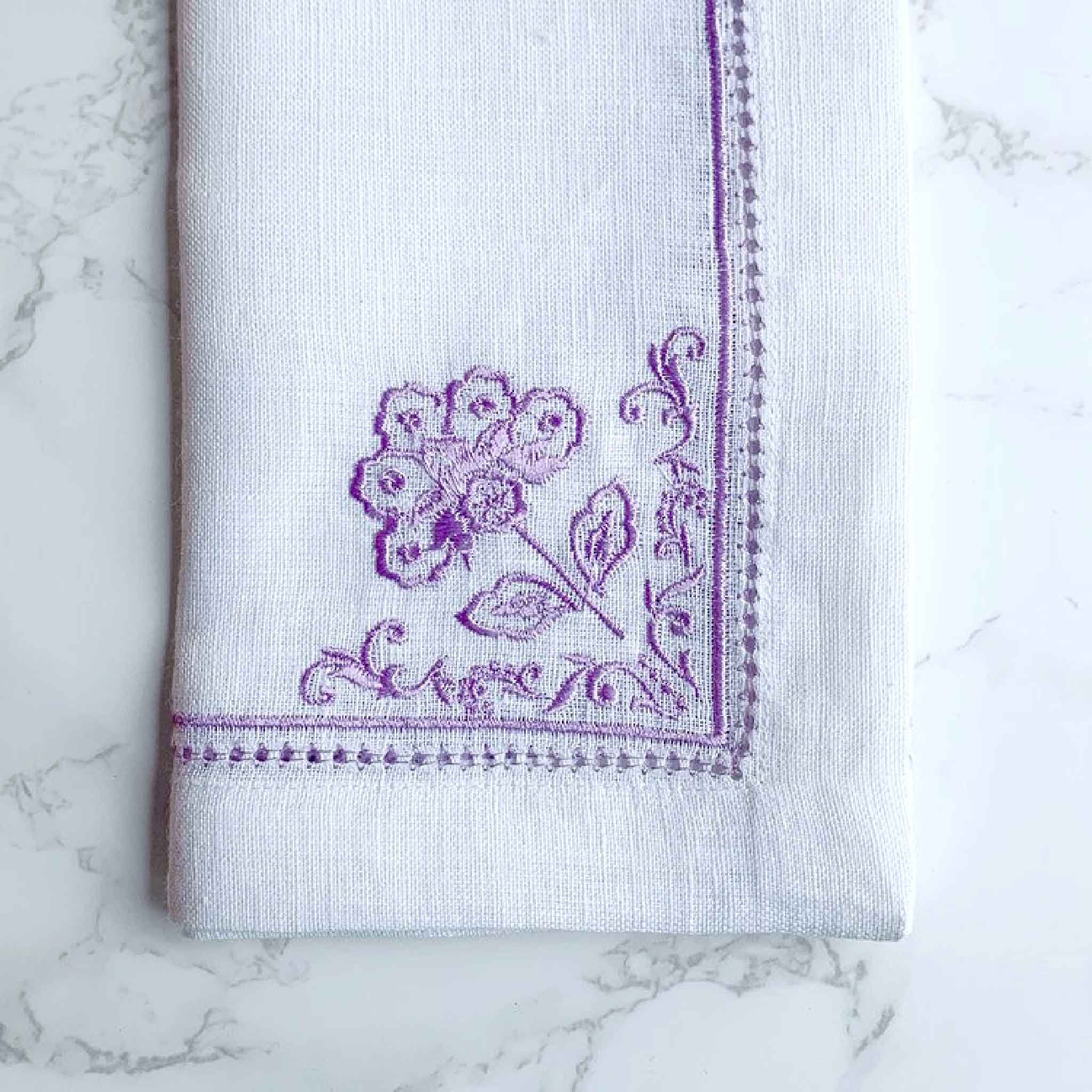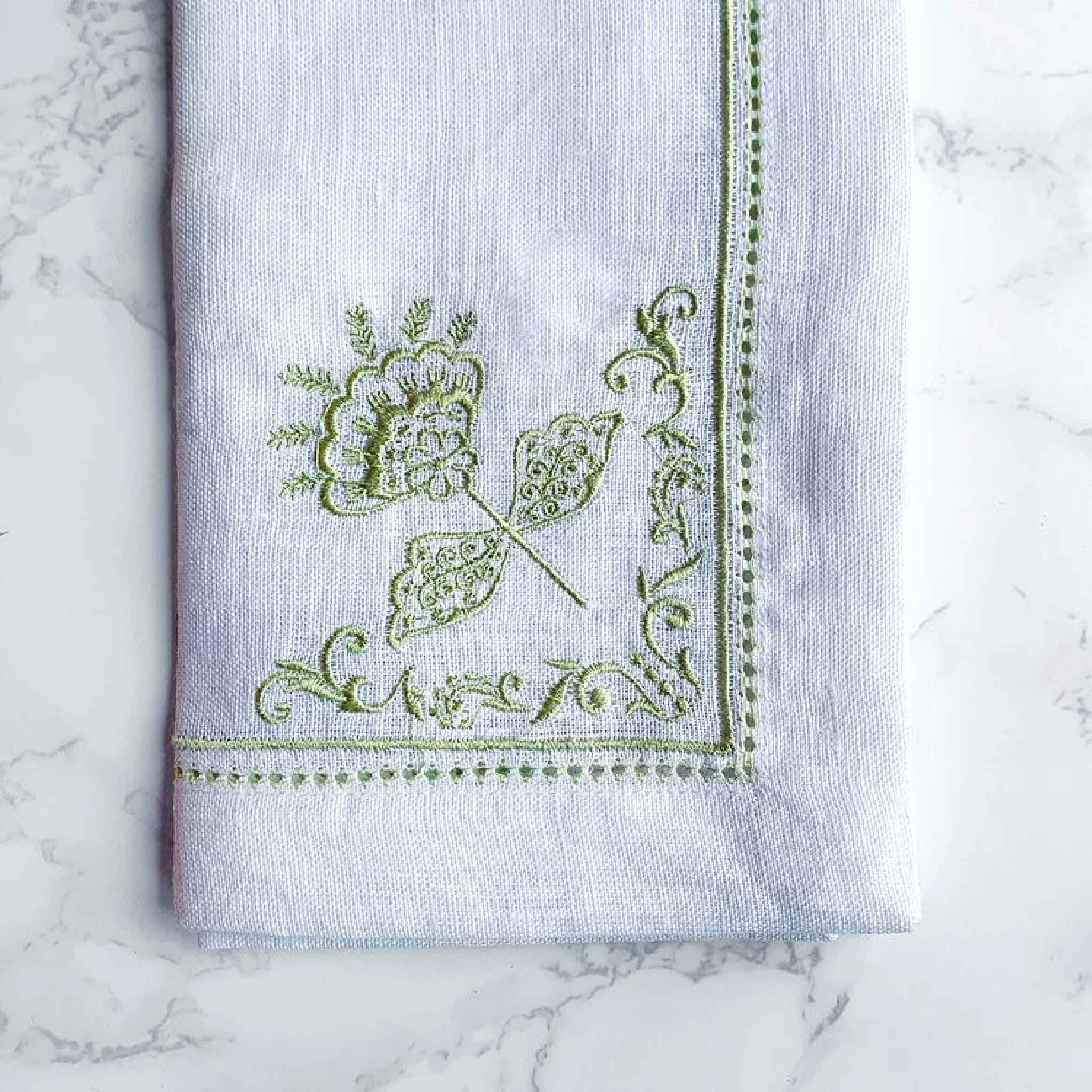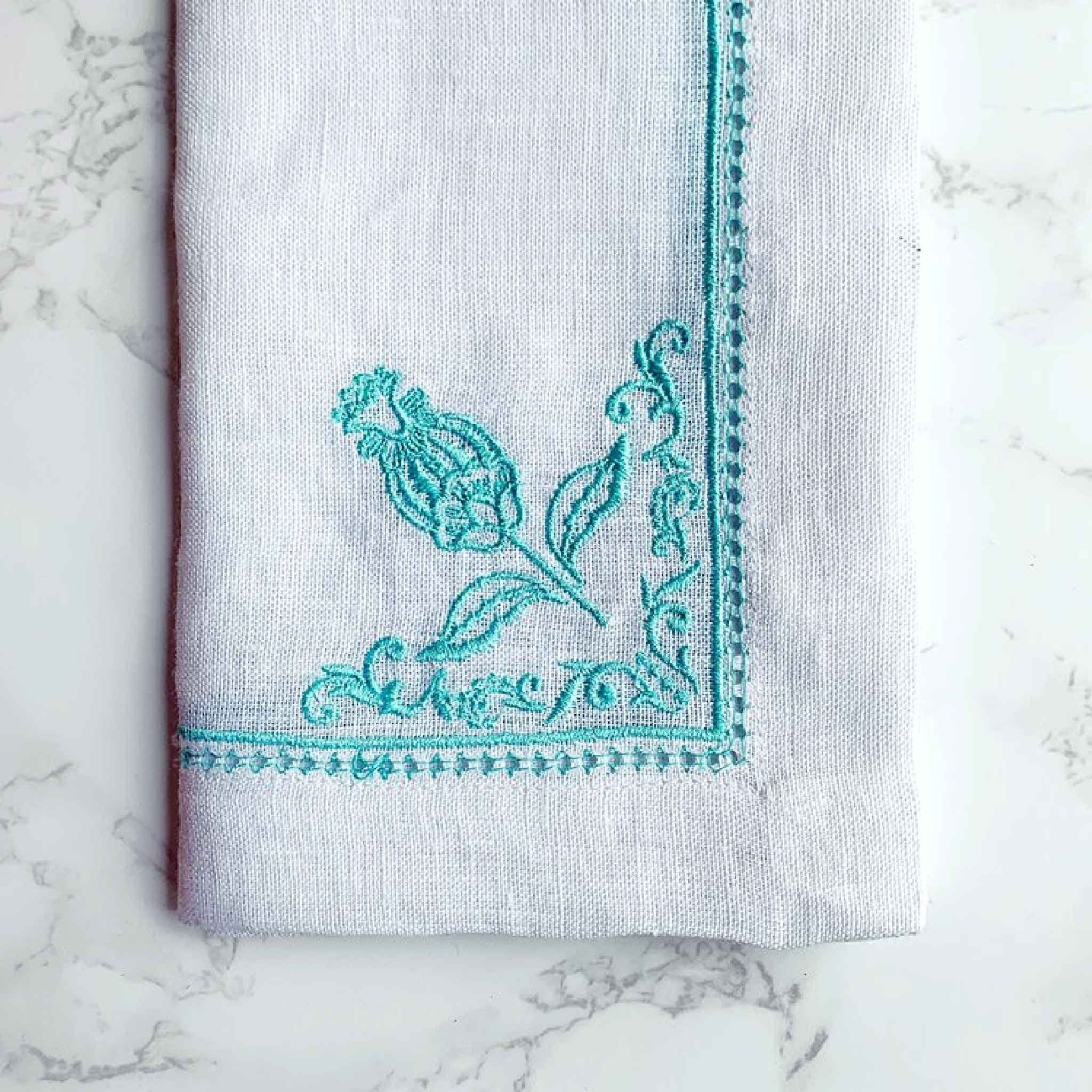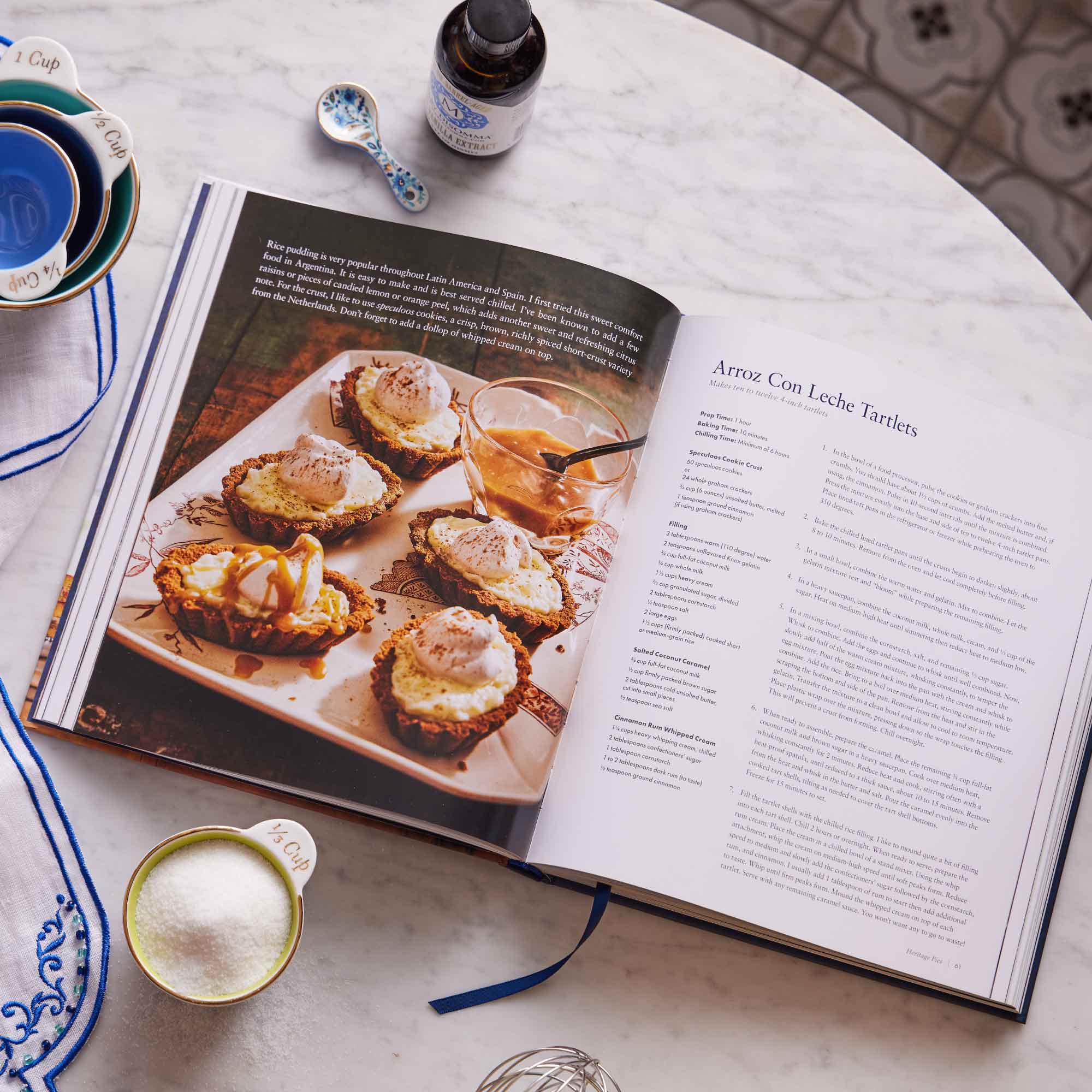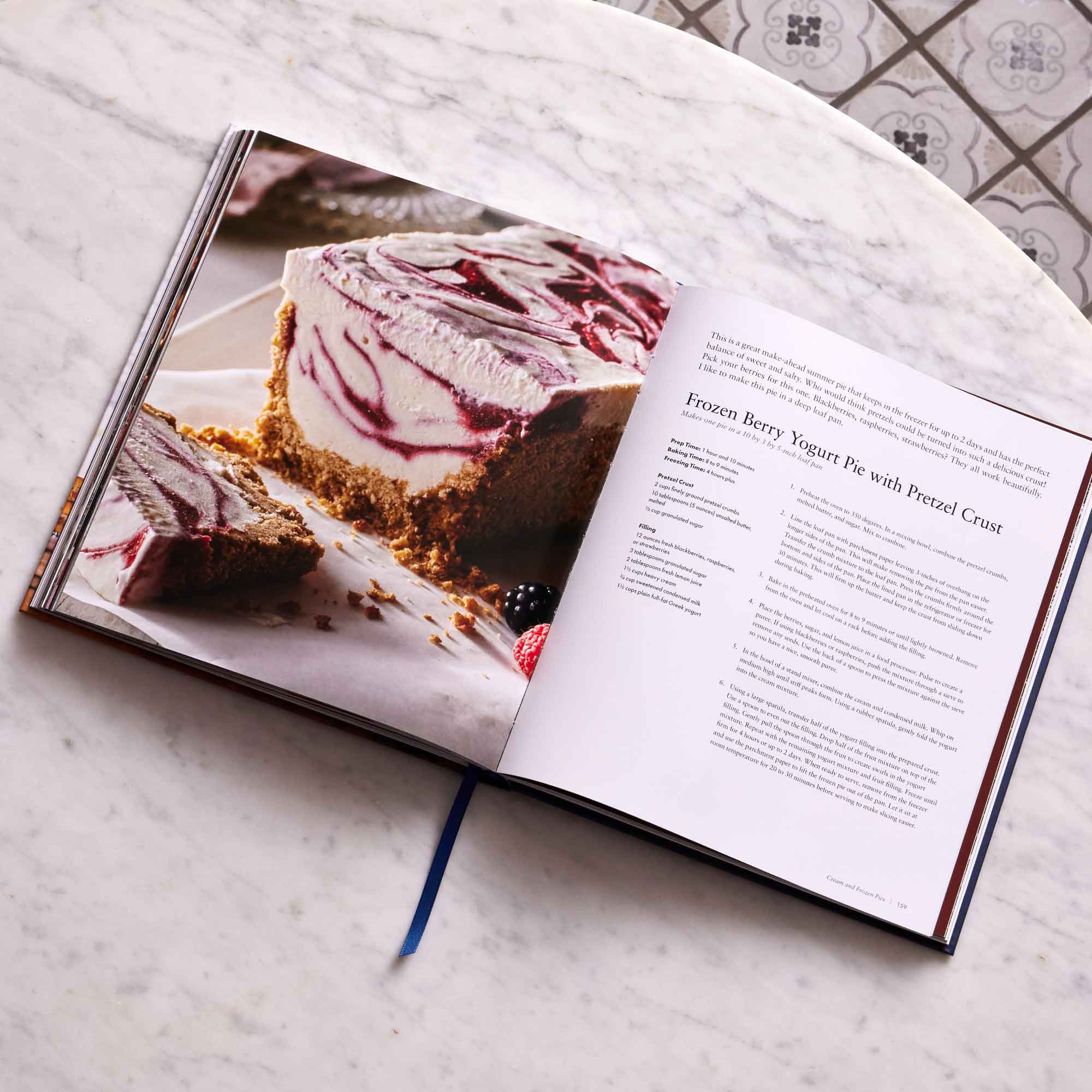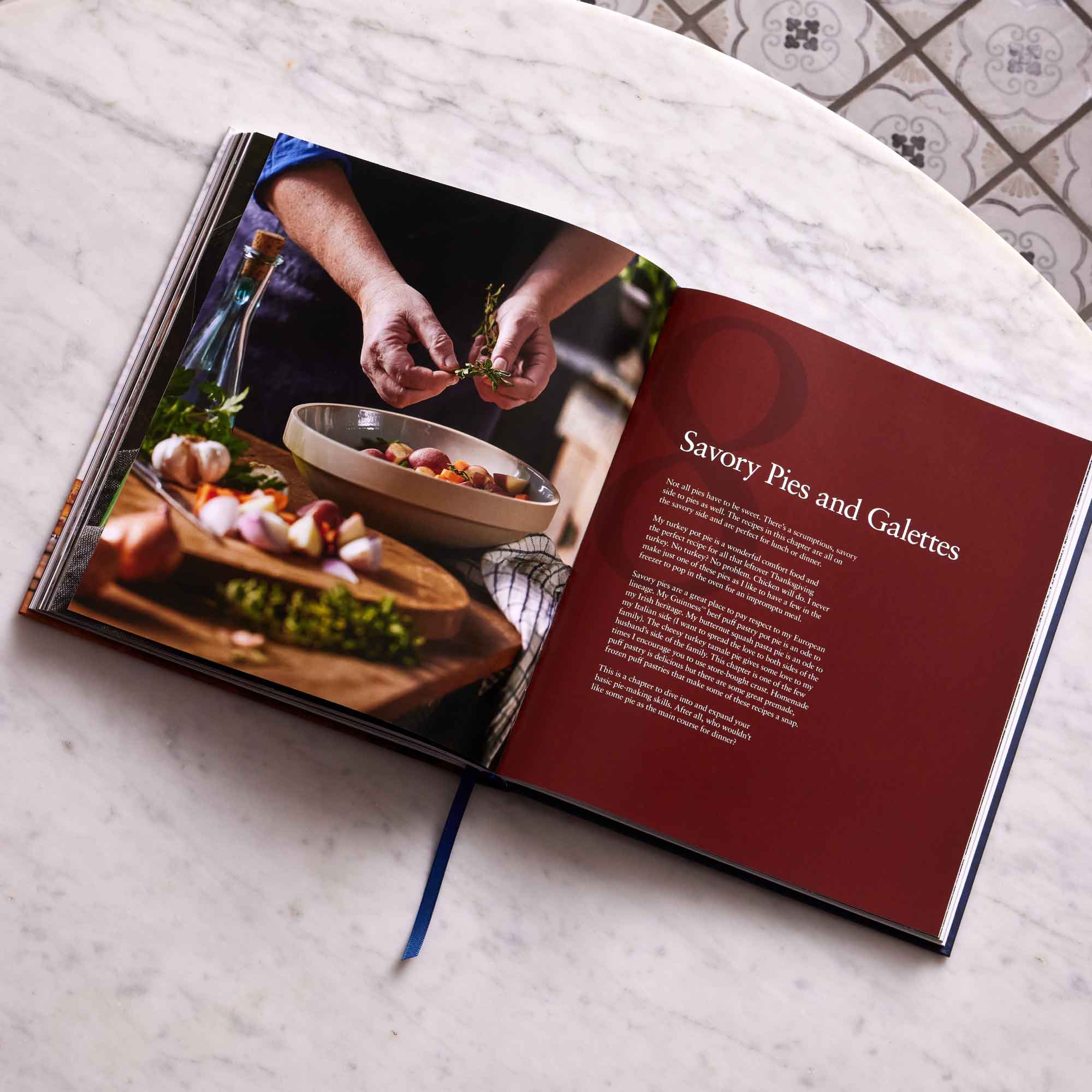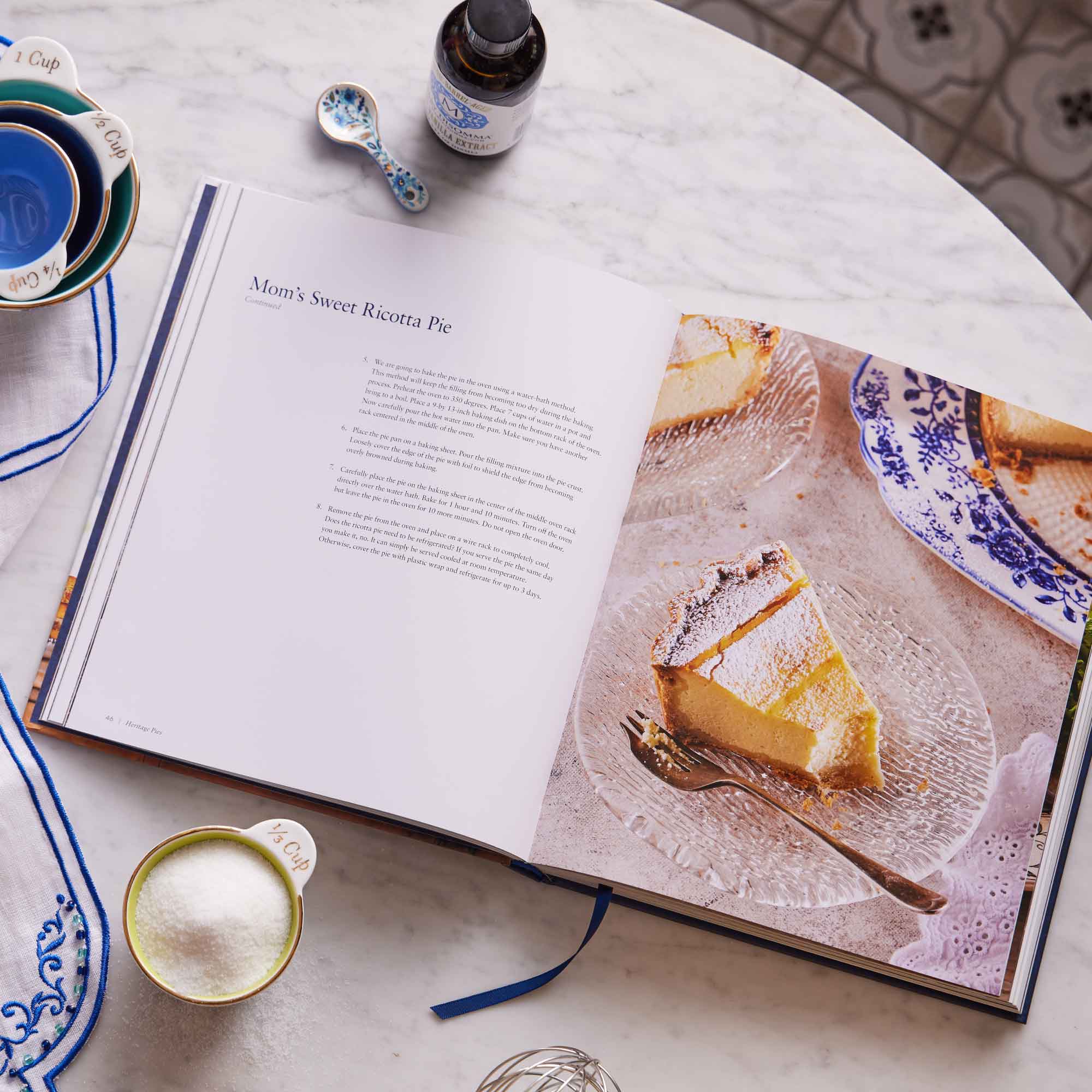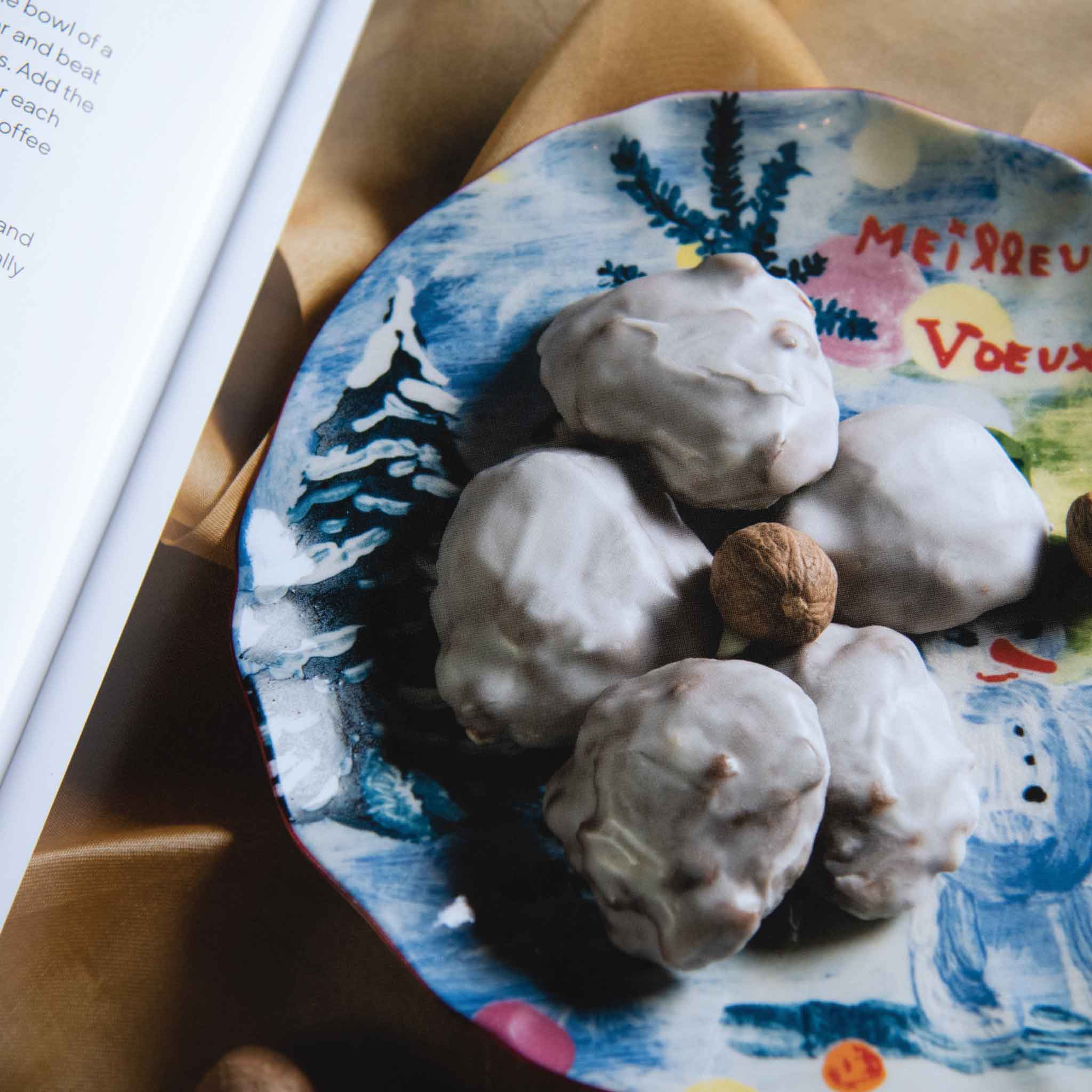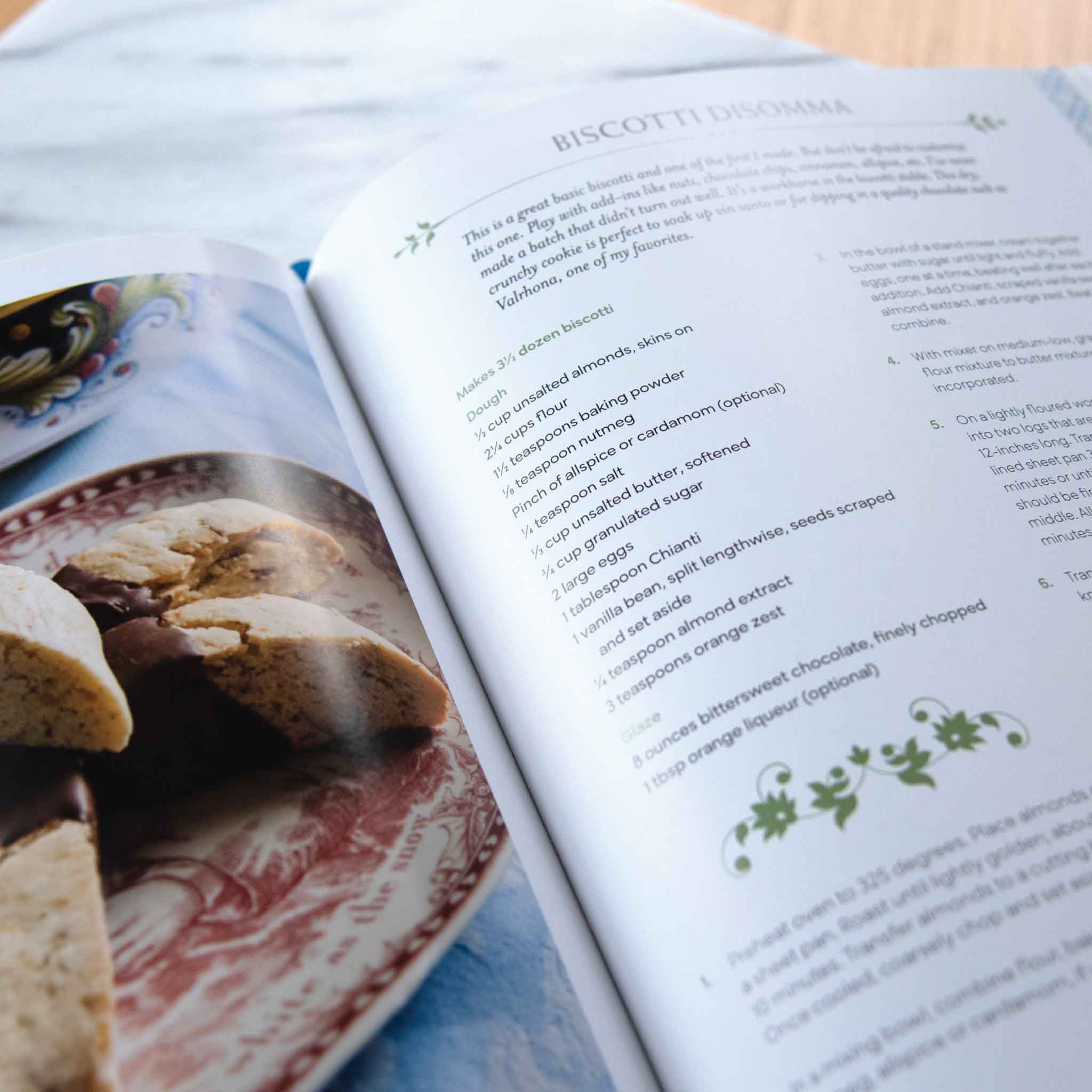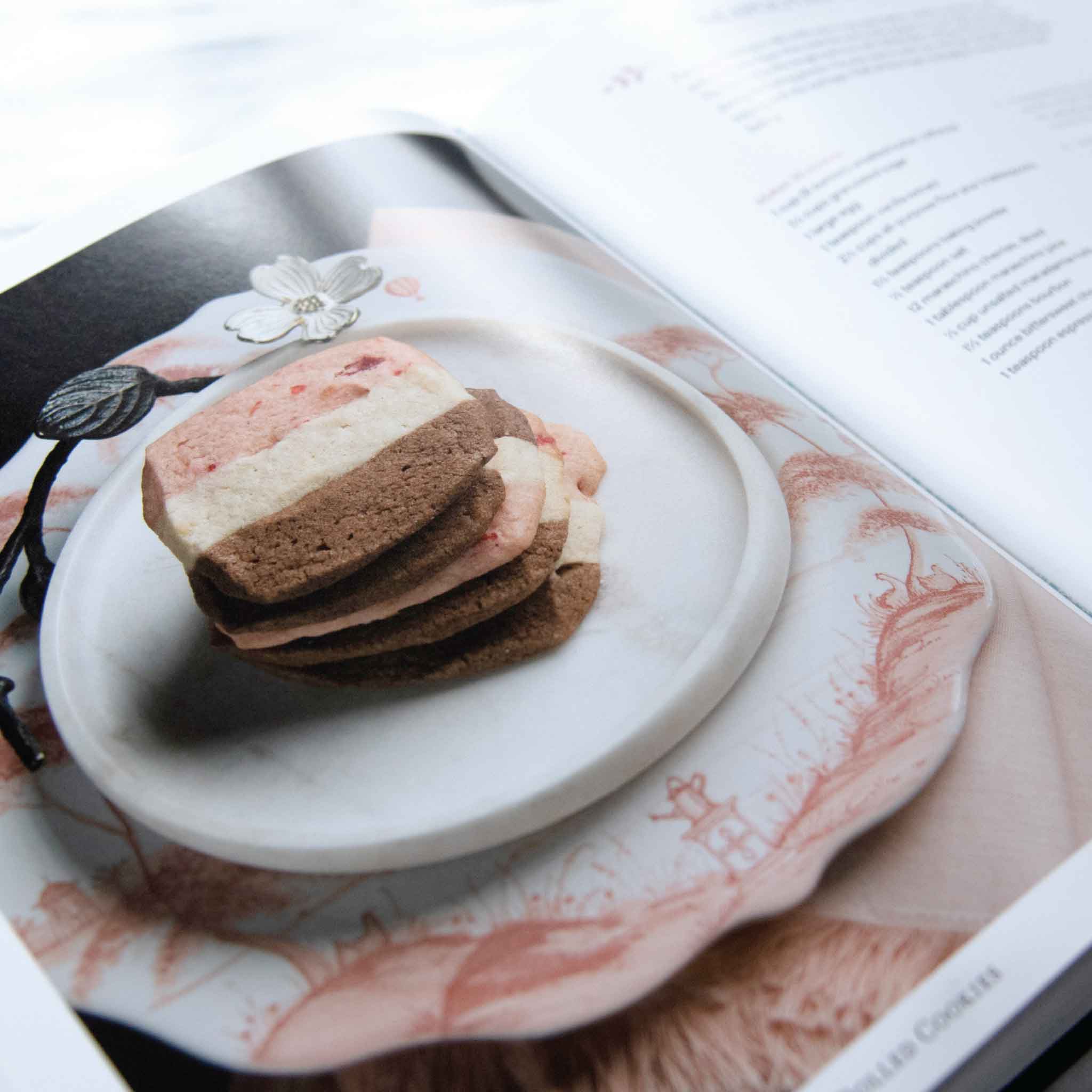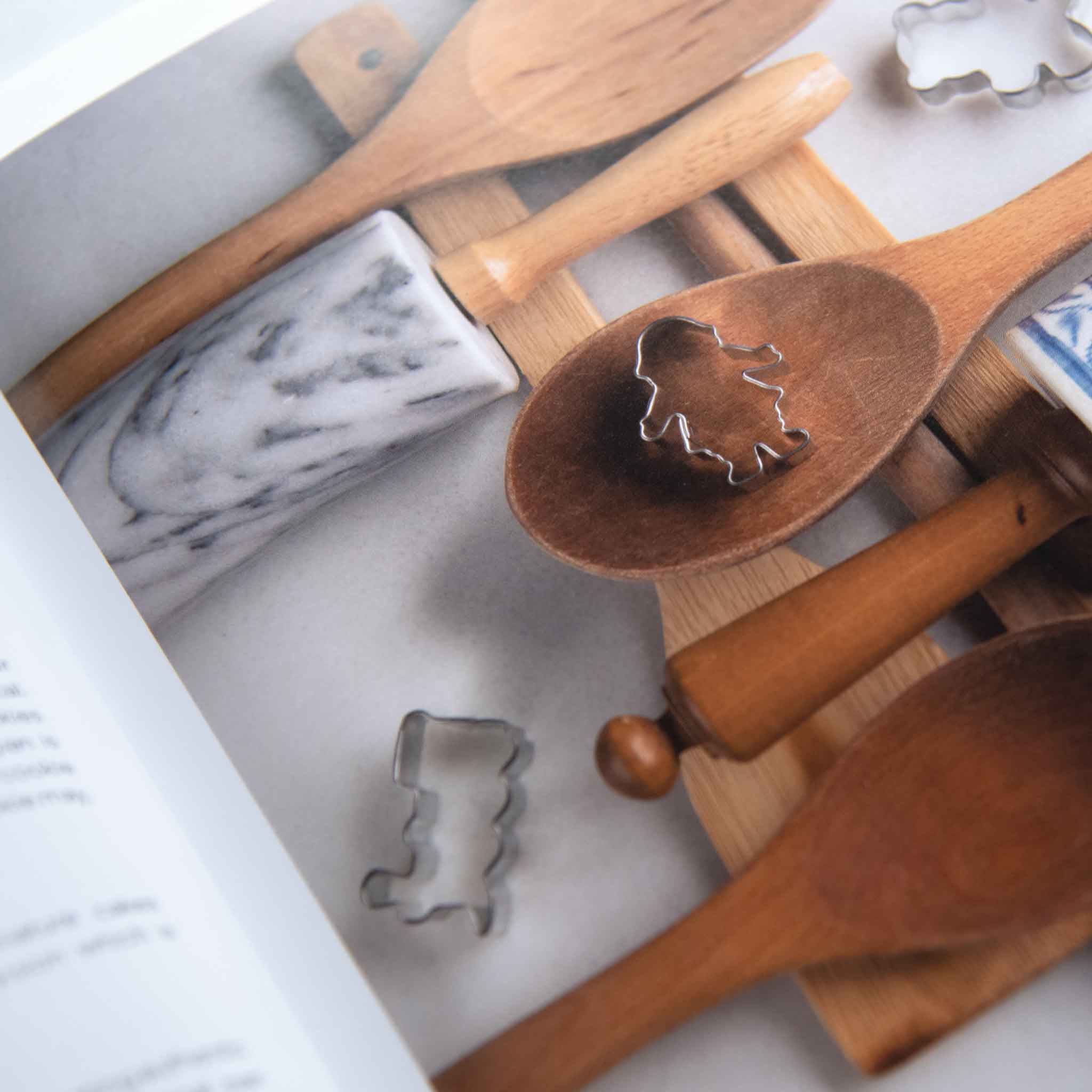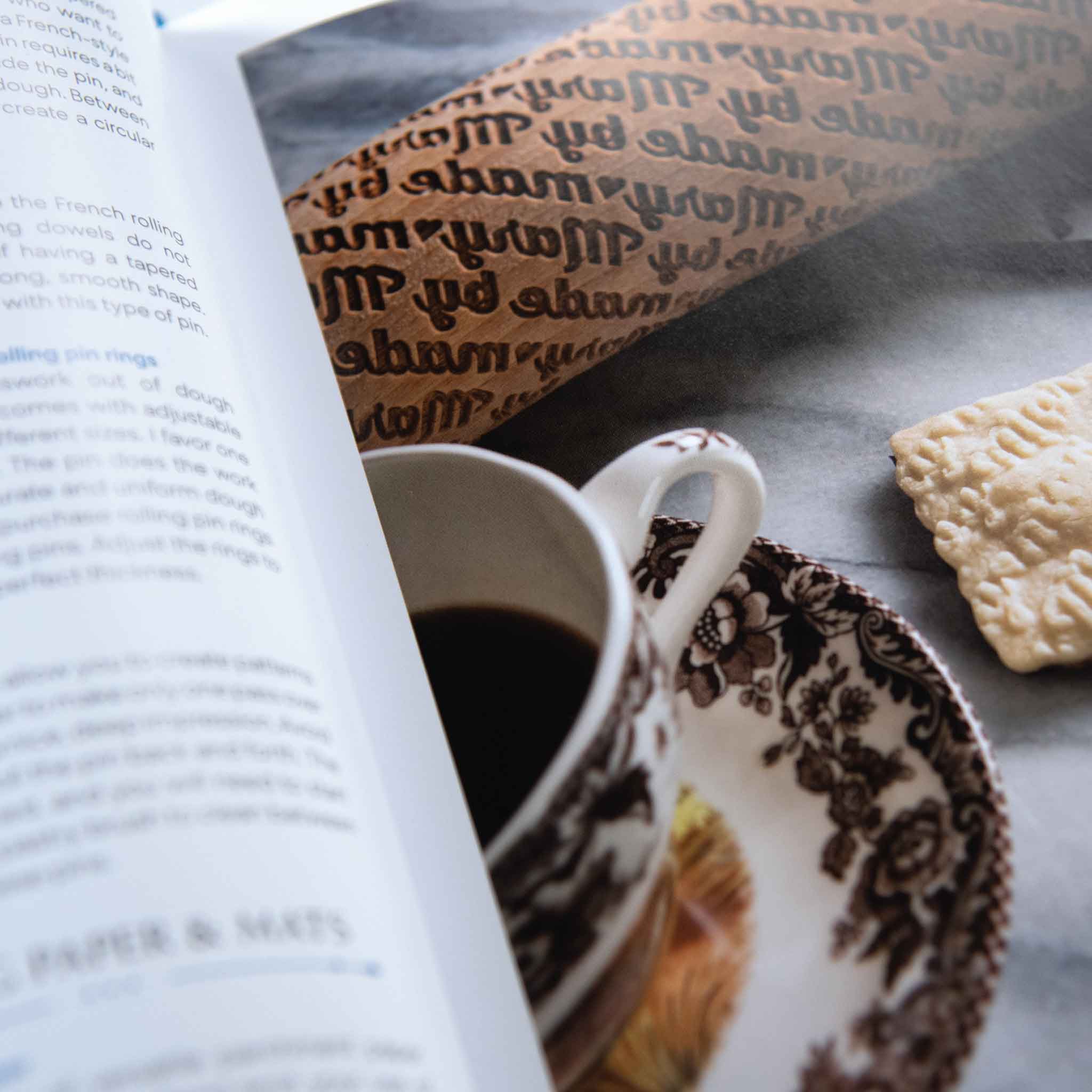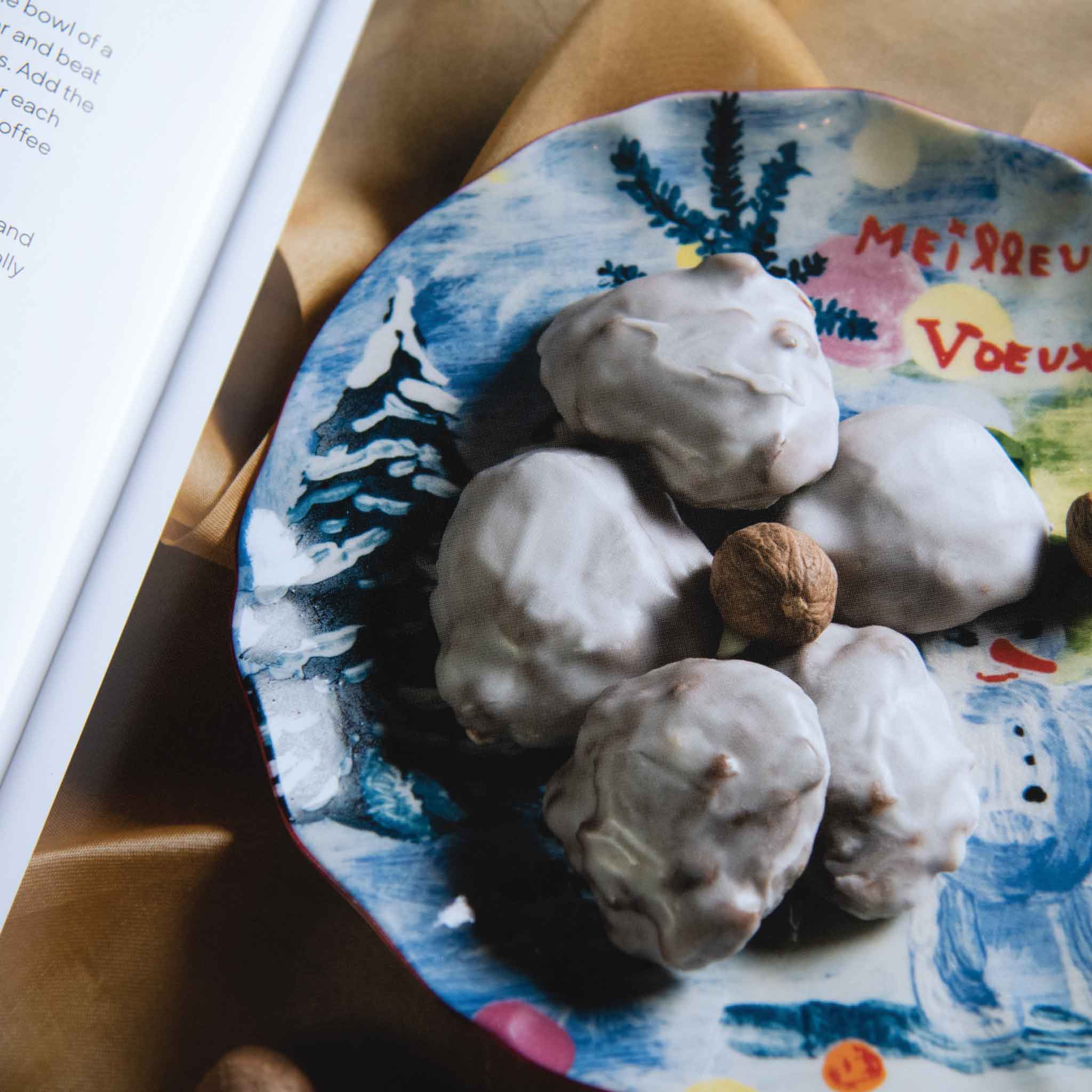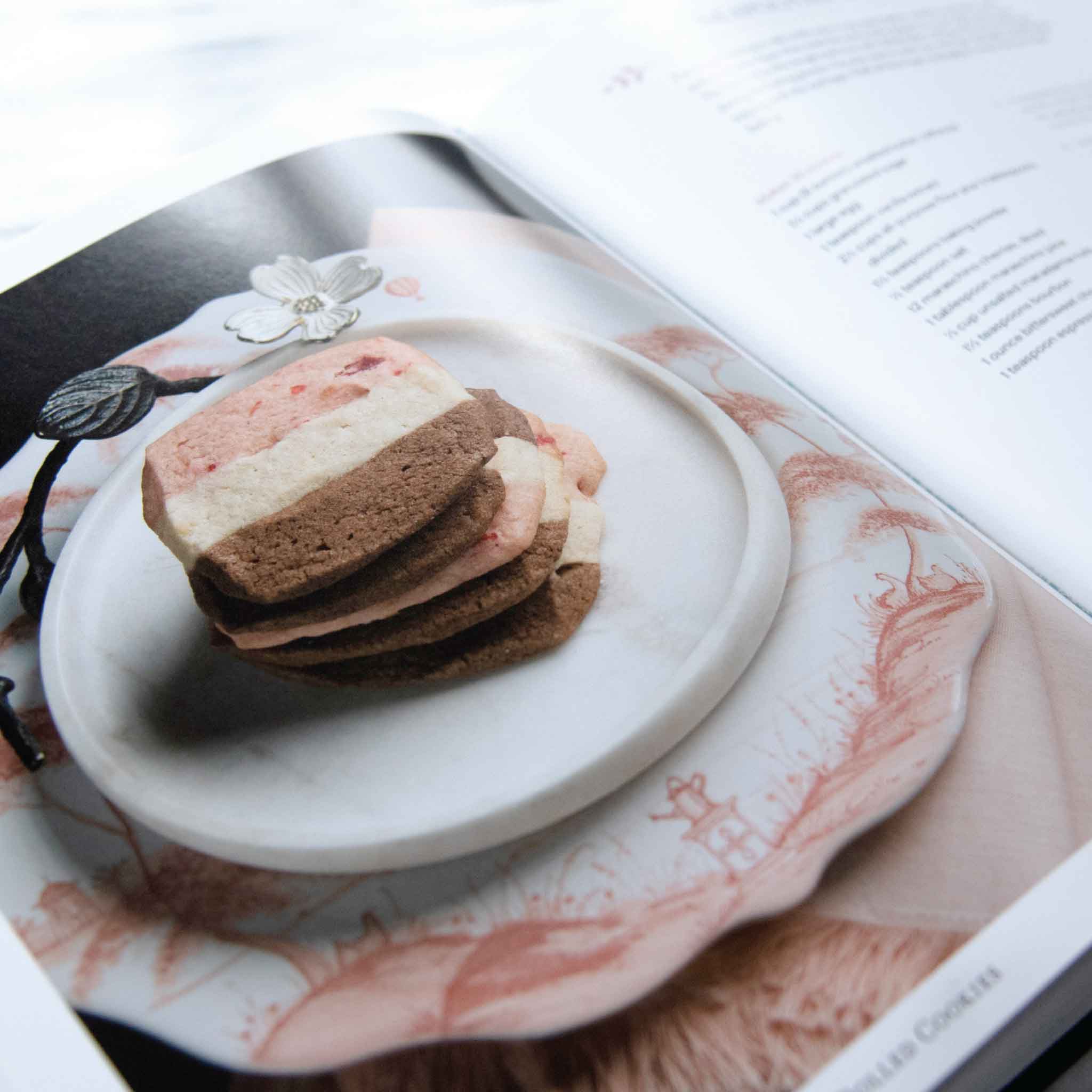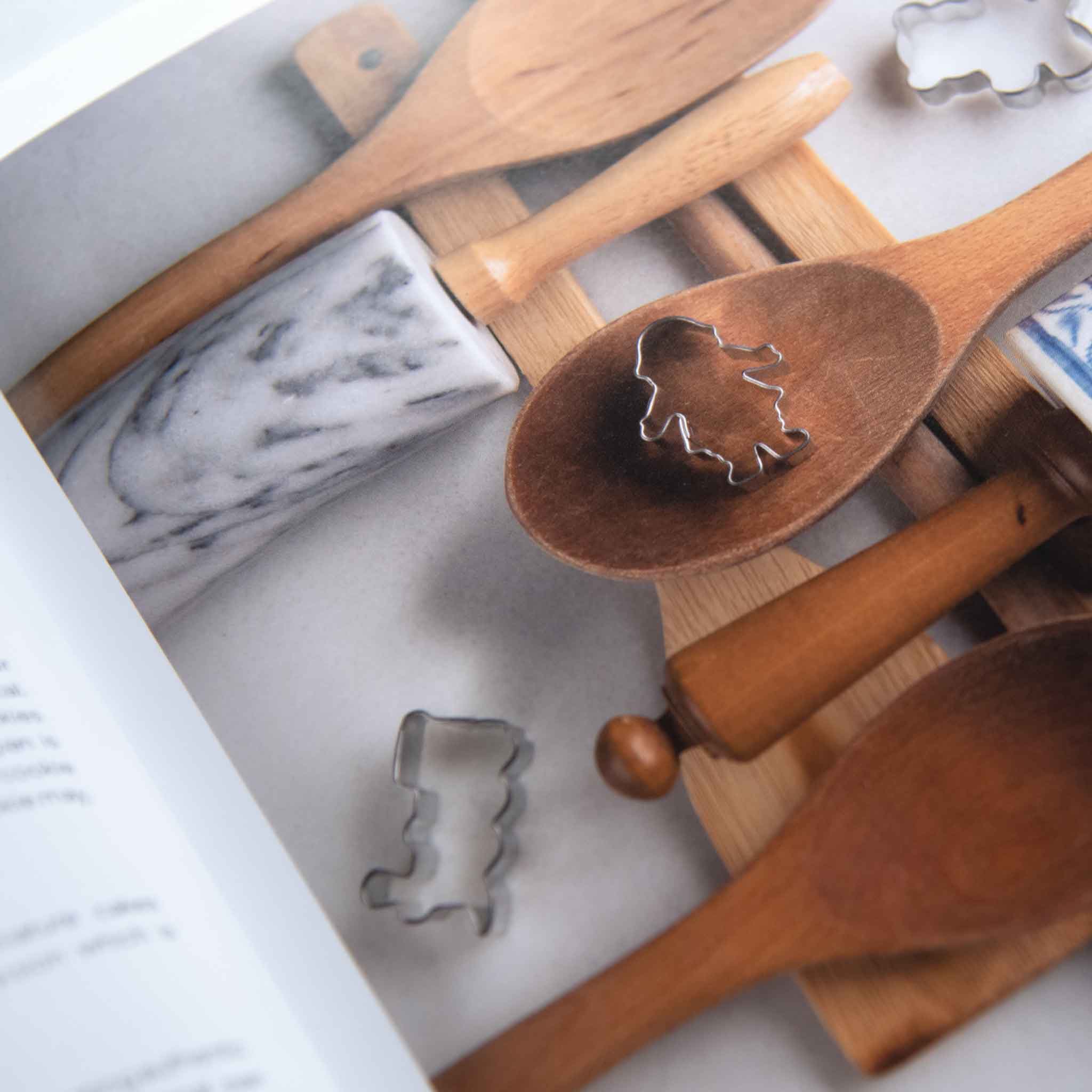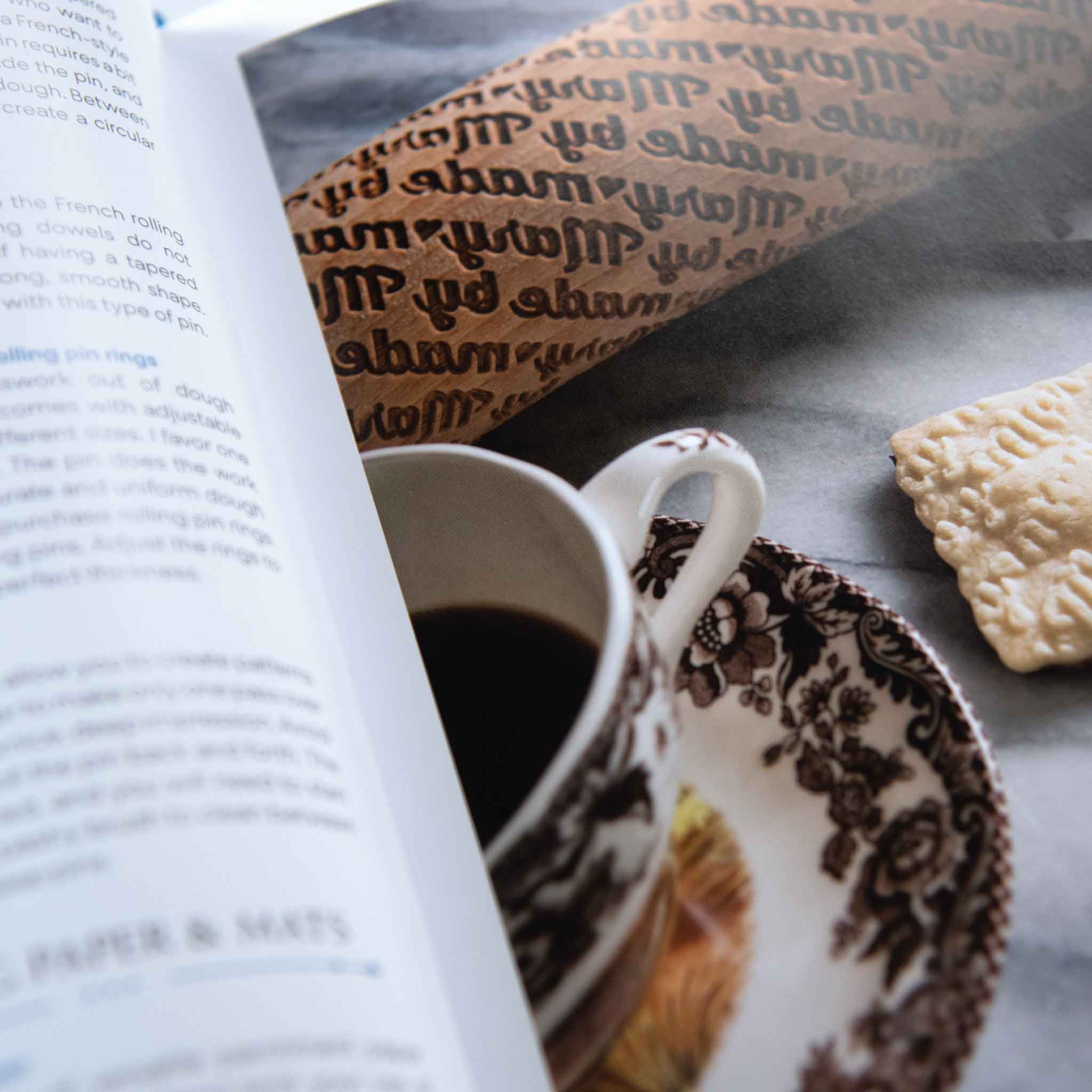I’m always looking for new ways to enjoy vegetables, and sauces are one of my favorite additions. There’s something magical about how a good sauce brings everything on the plate together—and this romesco sauce does exactly that.
The first time I tasted this Spanish sauce (from Catalonia, specifically), I couldn’t wait to bring it home and make it my own. While I love serving it with my grilled vegetable platter, you’ll also find me spreading it on toasted bread for a quick snack or pairing it with grilled chicken. It's one of those sauces that’s just as comfortable at a dinner party as it is in a cozy weeknight meal.

Let’s start with the basics: What is romesco sauce?
Romesco sauce hails from the Catalonia region of Spain. It’s a traditional sauce recipe that was originally served with seafood, but it’s grown into a staple for vegetables, grilled meats, and more. I love that it's rustic yet elegant, simple yet complex.
What is romesco sauce made of?
Traditionally, romesco sauce is made with roasted red peppers, tomatoes, garlic, and nuts—typically almonds or hazelnuts. Bread is used to give the sauce its signature thickness, while olive oil, vinegar, and paprika round out the flavor, making it rich and smoky with a subtle kick. It’s incredibly delicious!
Adding Ancho Chiles to the Romesco Sauce
I like to add dried Ancho chiles to my romesco sauce recipe. The chiles are soaked in hot water for 1 hour and drained—but don’t throw out that water! You will be using it to thin the sauce. Make sure to remove the stems and seeds from the soaked chiles before adding them to the mix.


What is the difference between romesco and Romanesco?
Great question—and an easy one to mix up. Romesco is the smoky red sauce we’re talking about here. Romanesco, on the other hand, is a vegetable—it’s that green, geometric-looking cousin of cauliflower and broccoli you sometimes see in the supermarket produce section. Both are delicious, but only one is a sauce—romesco!
What do you eat romesco sauce with?
The real question is—what can’t you eat it with? It’s one of my go-tos for grilled vegetable platters. But you can also toss it with pasta for a quick, smoky red sauce. You can even spread it on sandwiches or wraps, serve it with eggs (try it with my scrambled eggs and zucchini recipe for something different!), or add it to appetizers—I’ll link some below. Once you try this one, you’ll want to try it on everything!
What meat goes well with romesco?
This sauce is VERY flavorful, so I like to keep things simple when it comes to proteins. Grilled meats, especially chicken, pork, or steak, are perfect. Romesco also pairs beautifully with fish—especially white fish like cod or halibut. A soft scrambled egg with a spoonful on top? Yes, please.
For the vegetarians out there, it also goes wonderfully with tofu, since tofu is great at taking on the flavors of whatever it’s paired with. Whatever protein you choose, don’t overseason it: let the romesco do the talking.
More Recipes to Sample with Your Homemade Romesco Sauce

Romesco Sauce Recipe
This rich and smoky Spanish-style romesco sauce is packed with flavor from roasted red peppers, sun-dried tomatoes, and ancho chiles—perfect for veggies, meats, and more.
Ingredients
Instructions
- In a medium saucepan, bring 1½ cups of water to a boil. Remove from the heat and add the chiles. Let it stand at room temperature for 1 hour to soften. I like to put a heat-proof plate on top of the peppers so they stay submerged.
- While the chiles are soaking, roast the red bell pepper. Turn your broiler on high. Place the red pepper, cut side down, on a piece of foil on a baking sheet. Broil until the skin begins to blacken. Remove from the broiler and let cool to the touch. Place the pepper under cool running water and remove the blackened skin. Discard the blackened skin. Coarsely chop the red bell pepper and set it aside.
- Drain the ancho chile, reserving the liquid. Remove and discard the tops and seeds from the chiles. Coarsely chop the chiles and set aside.
- In a medium skillet, heat 2 tablespoons of olive oil. When warm, add the bread and garlic and cook over moderate heat, turning the bread occasionally, until the garlic and bread are slightly browned. Remove from the heat and let cool slightly.
- In a food processor, place the ancho chiles, roasted red pepper, sun-dried tomatoes, plum tomatoes, and almonds or hazelnuts. Add the garlic, bread, and any remaining olive oil from the pan. Pulse to puree until smooth, using a spatula to push down the mixture as needed.
- Add the smoked paprika, sherry vinegar, and parsley along with ⅓ cup of the chile soaking liquid. Pulse to puree, adding additional chile soaking liquid as needed to create a sauce consistency you like. I prefer this sauce to be rather thick.
- Season the sauce to taste with salt and black pepper. The sauce can be stored for up to 4 days in the refrigerator. Bring the sauce to room temperature before serving.



